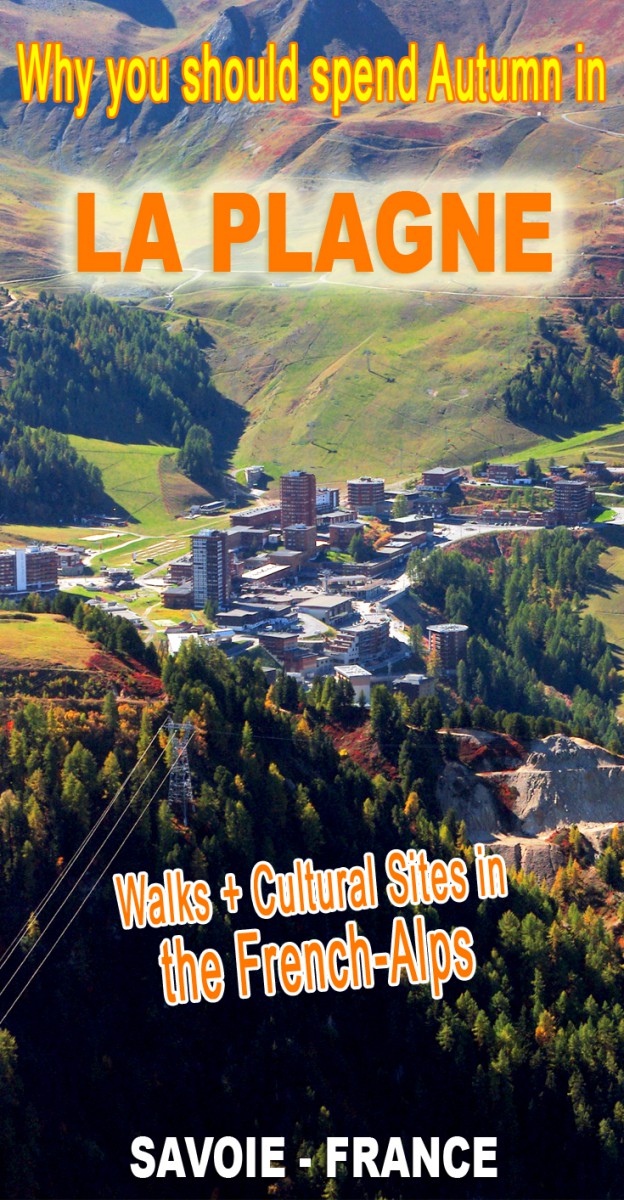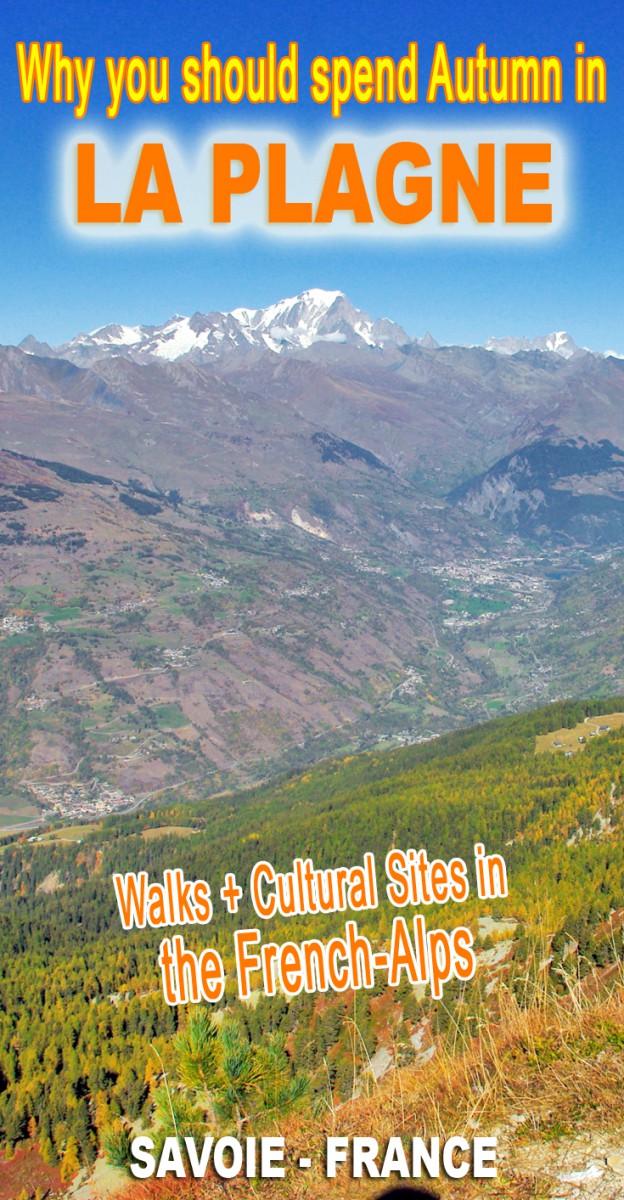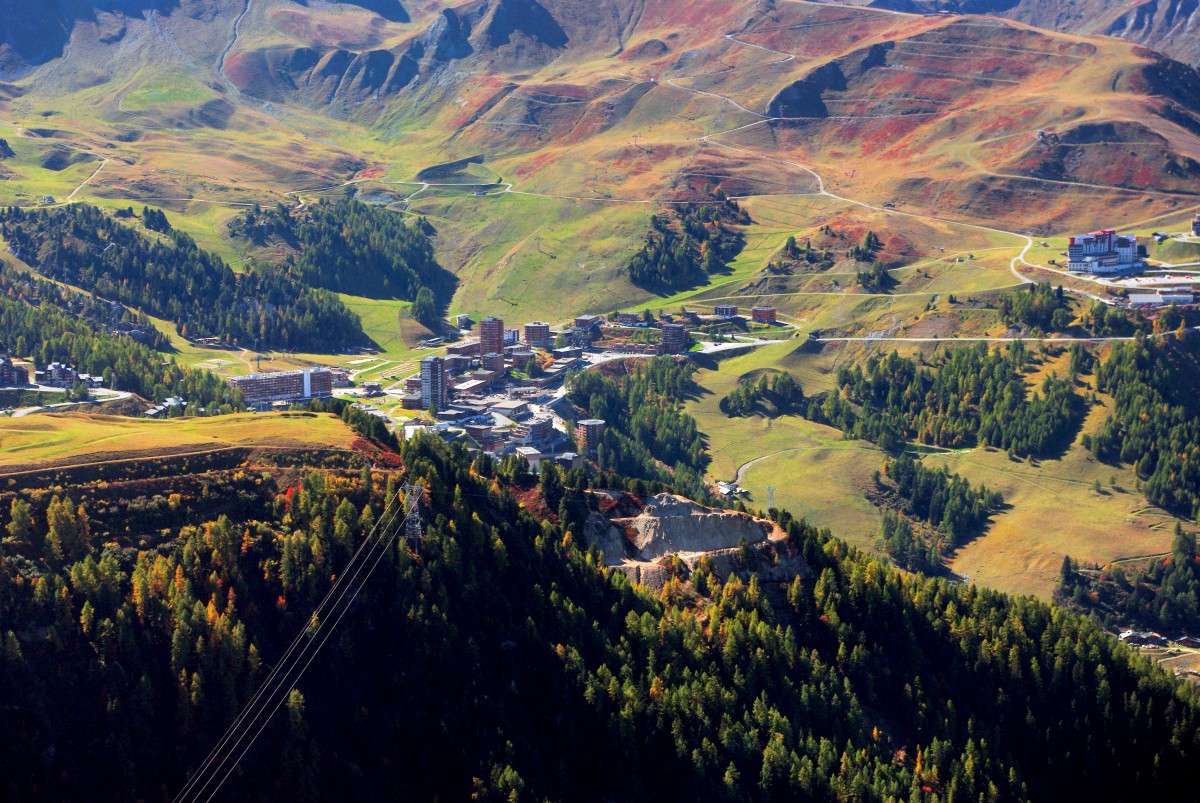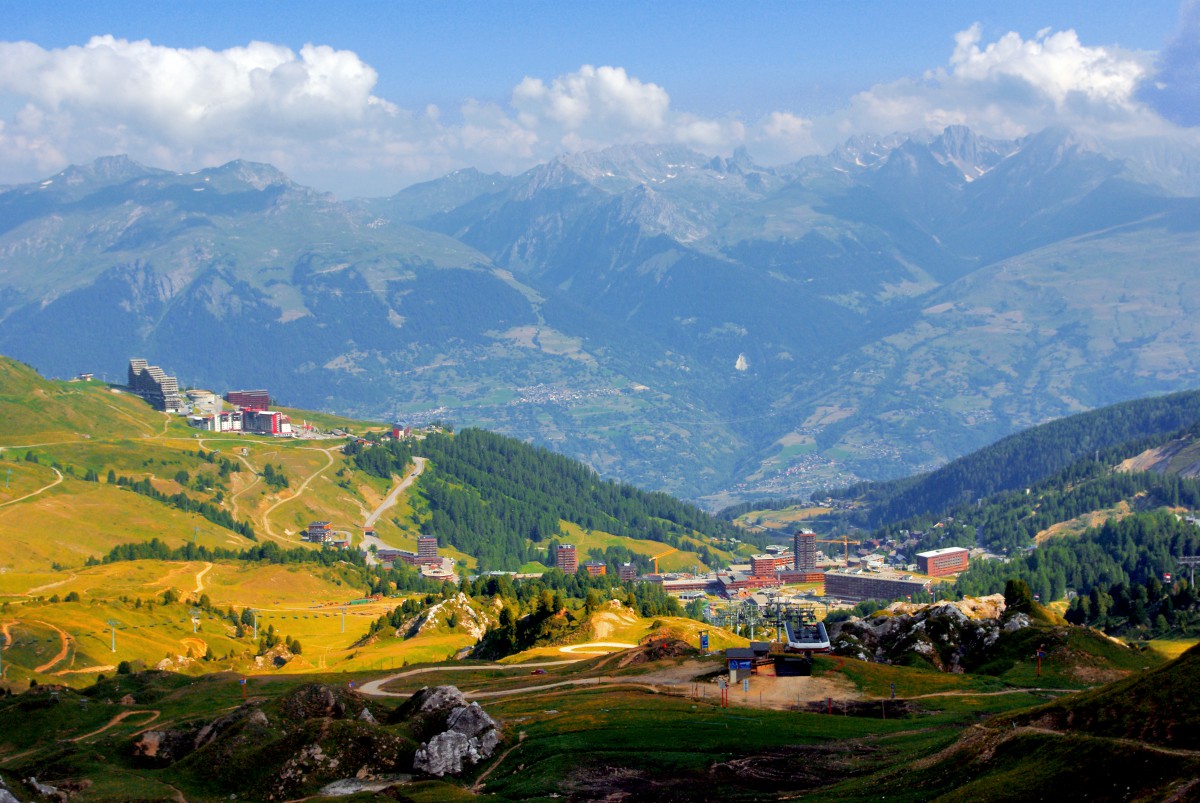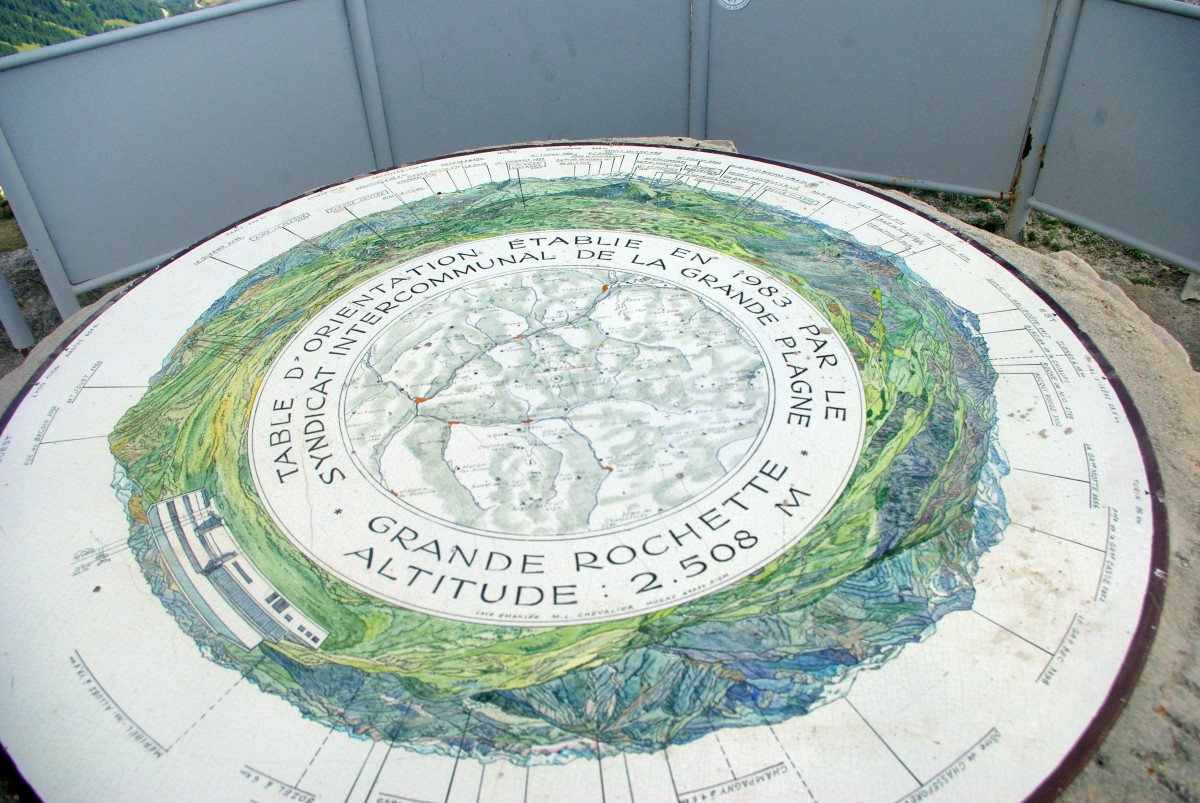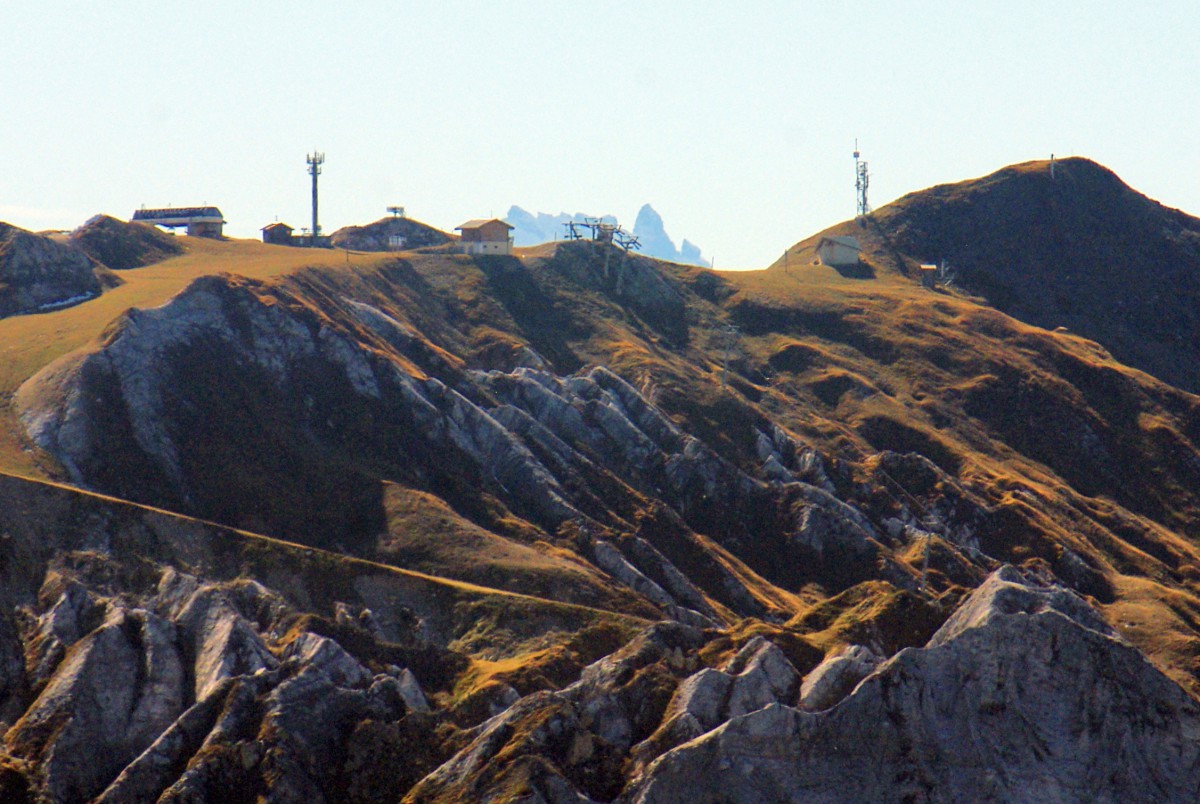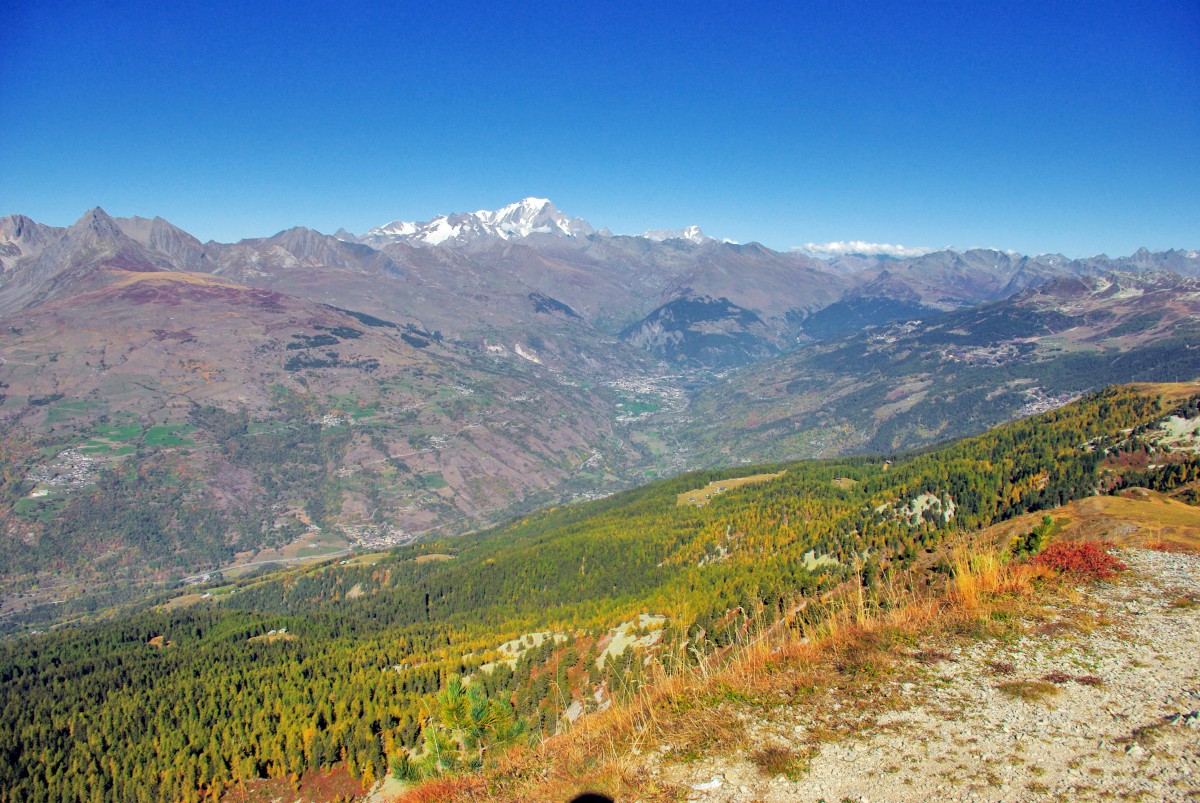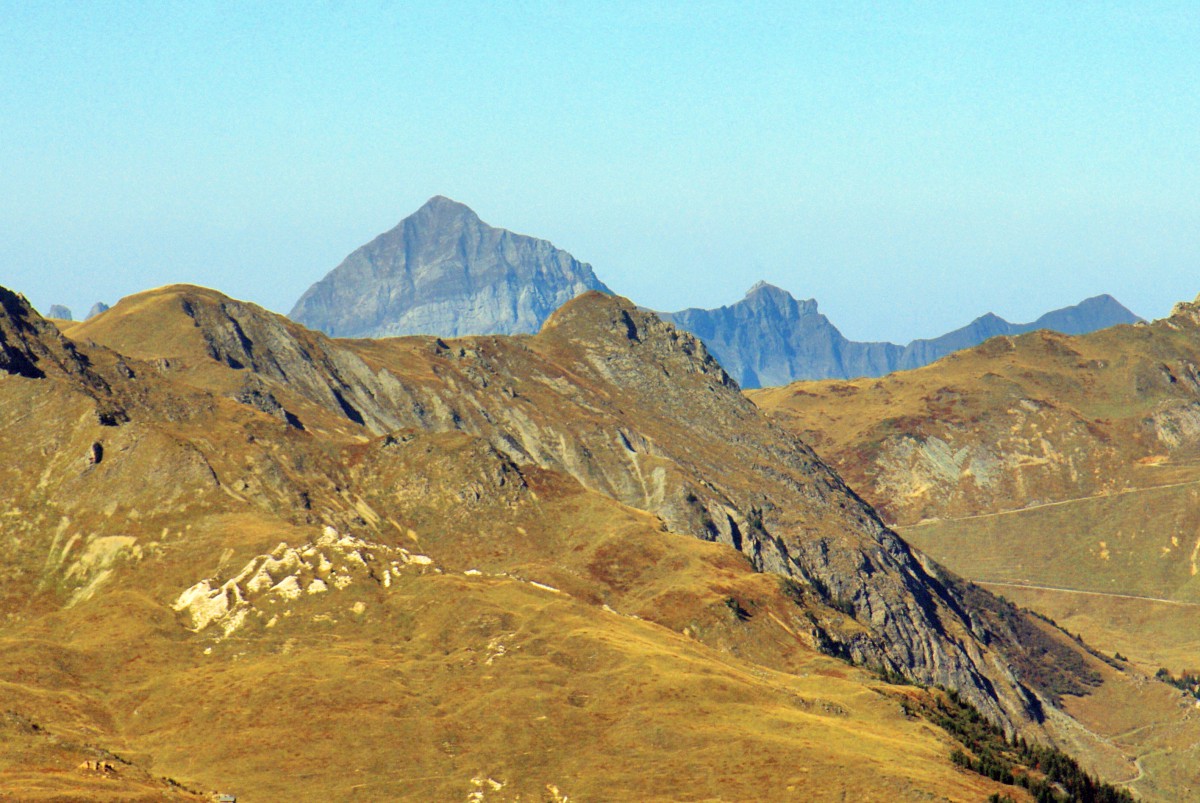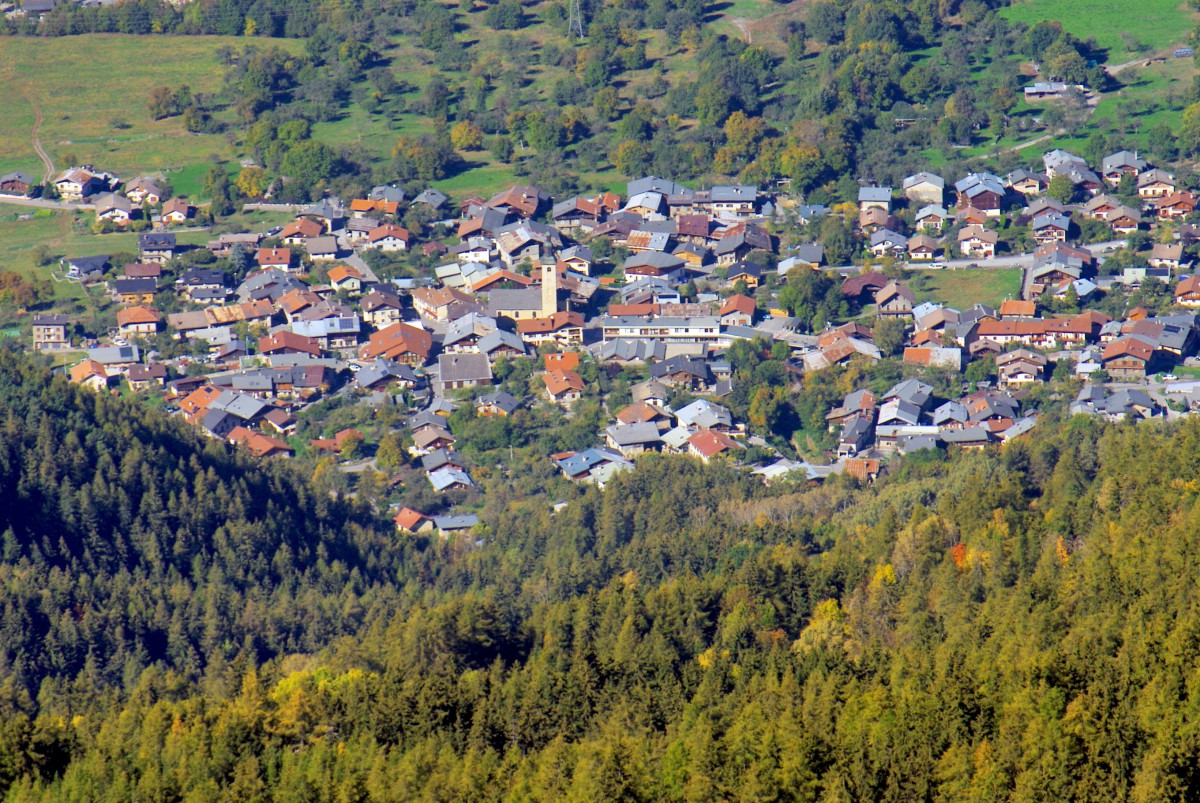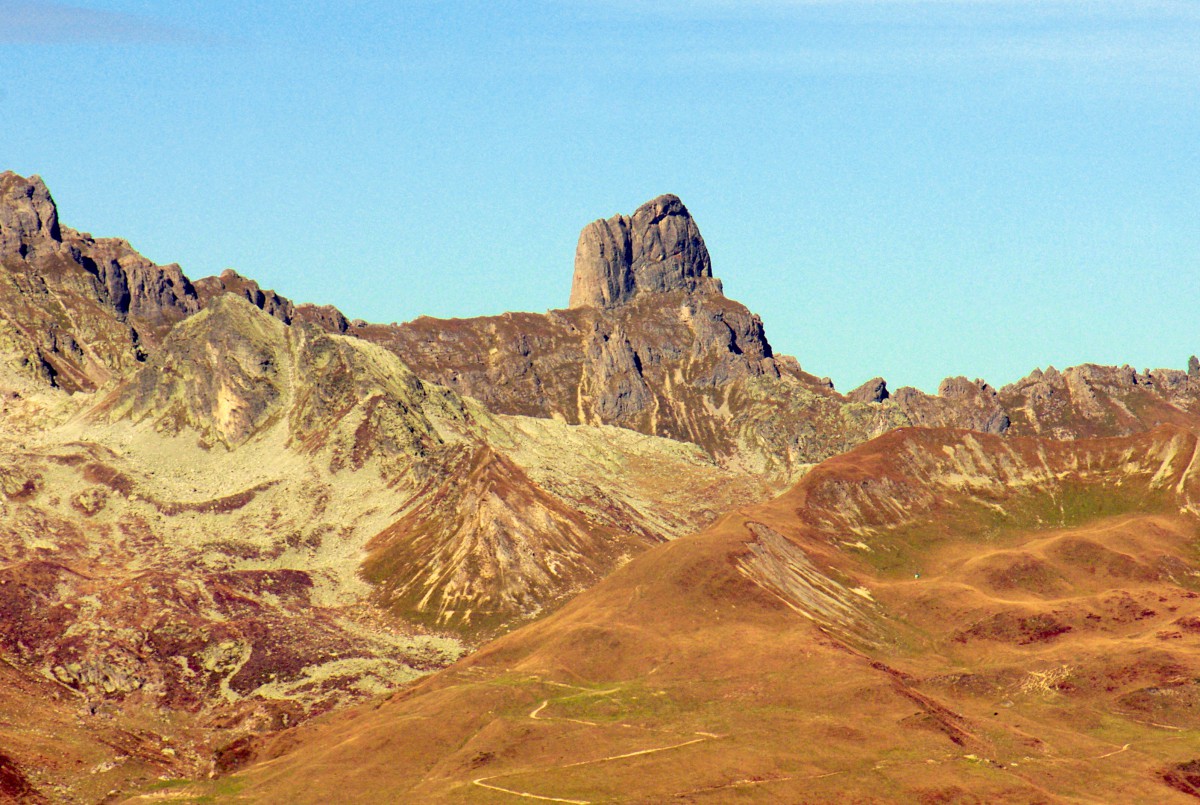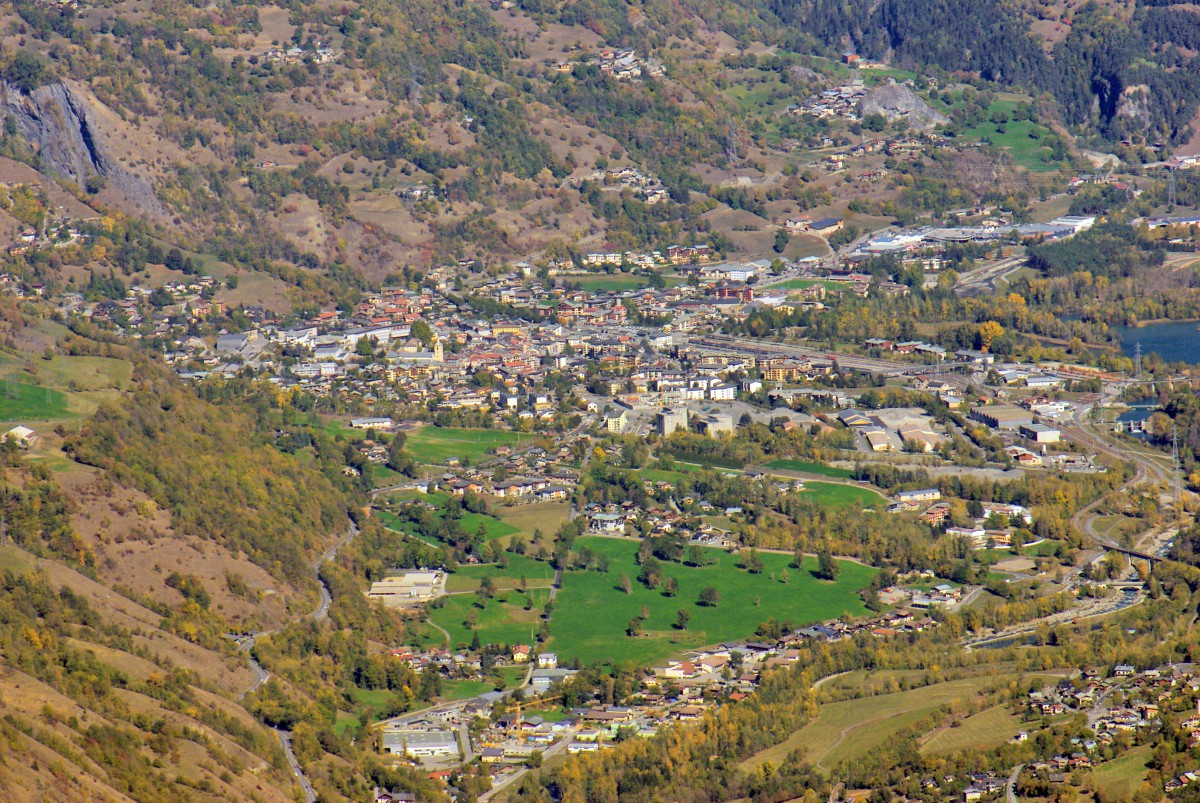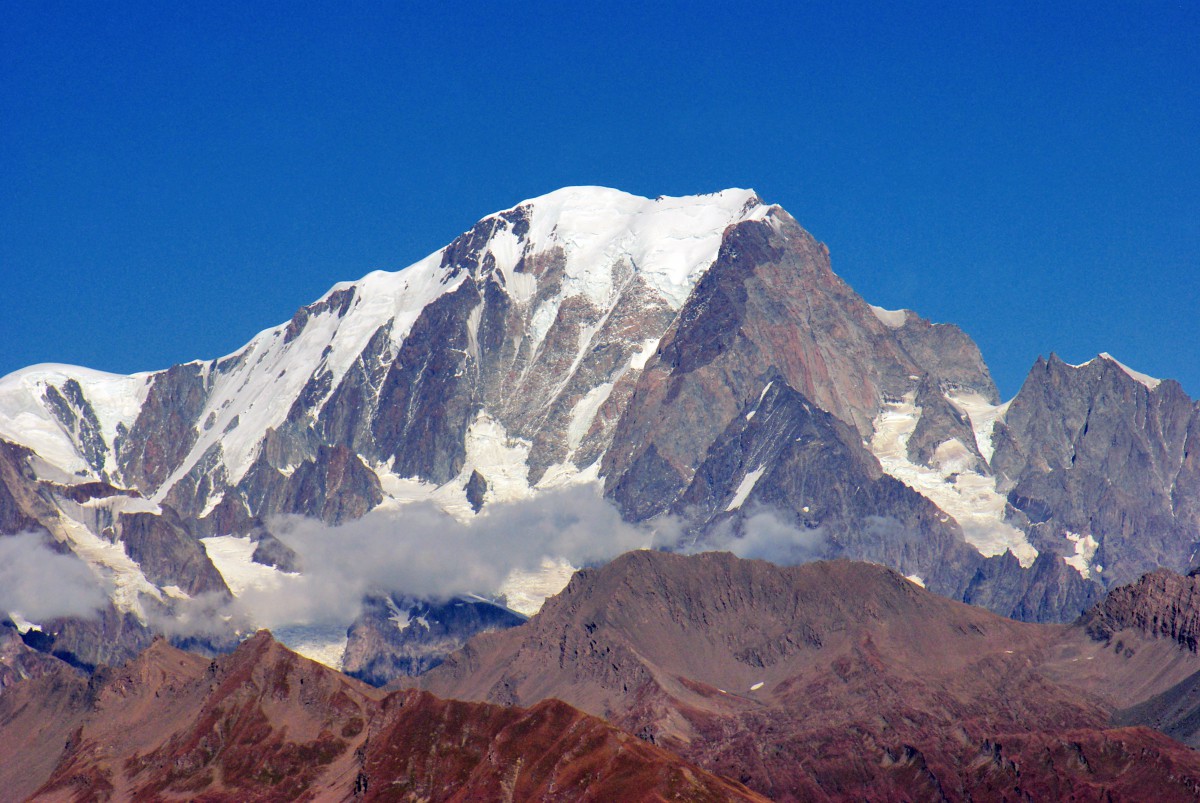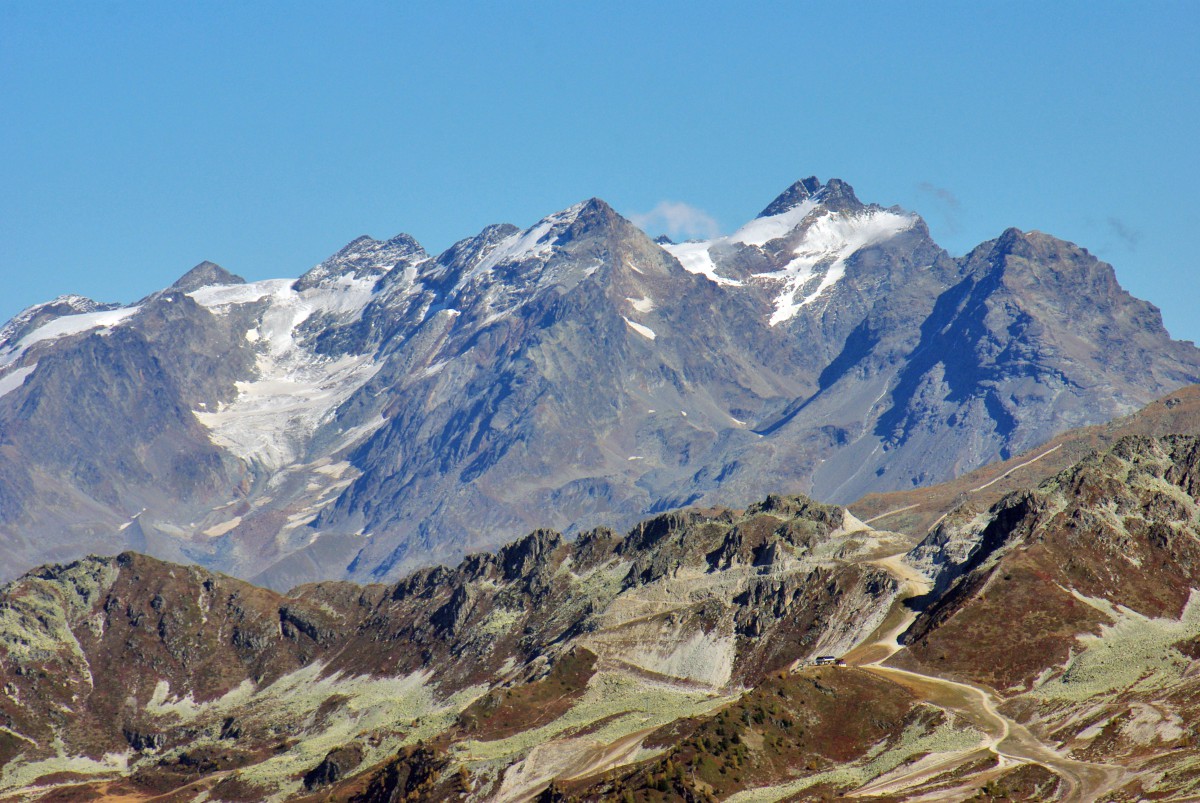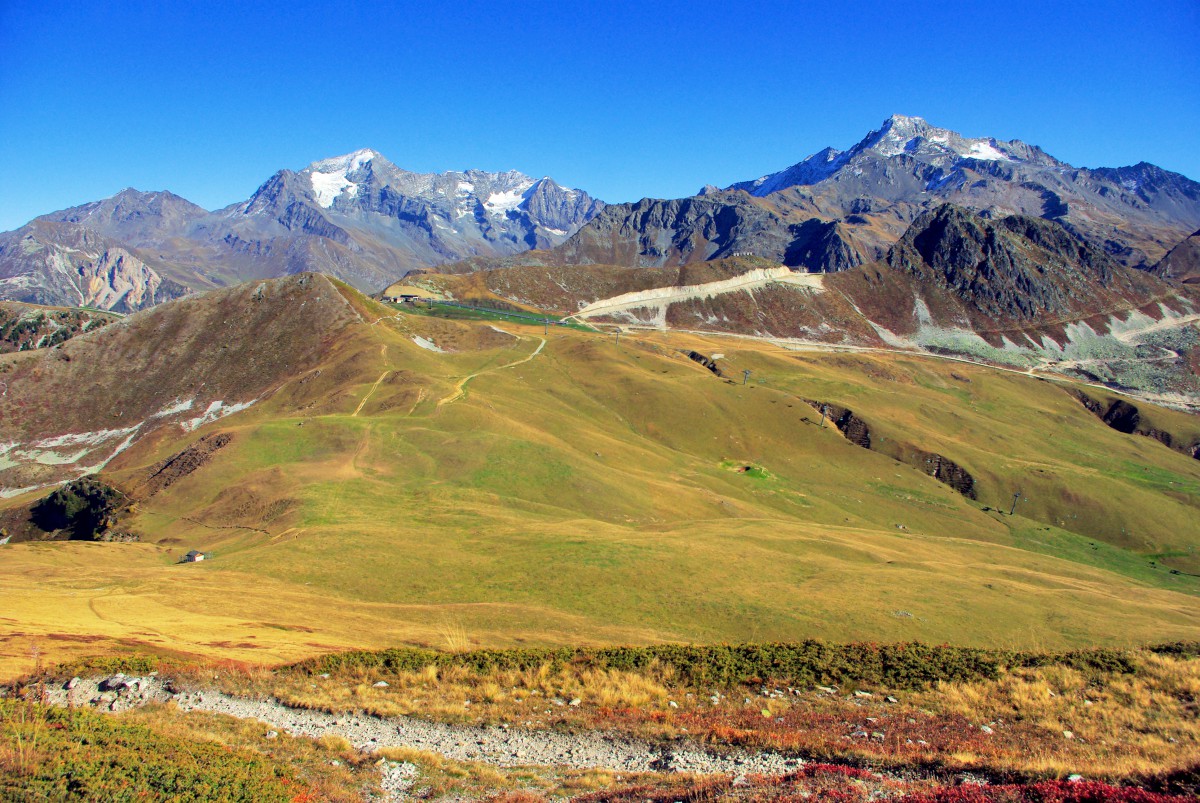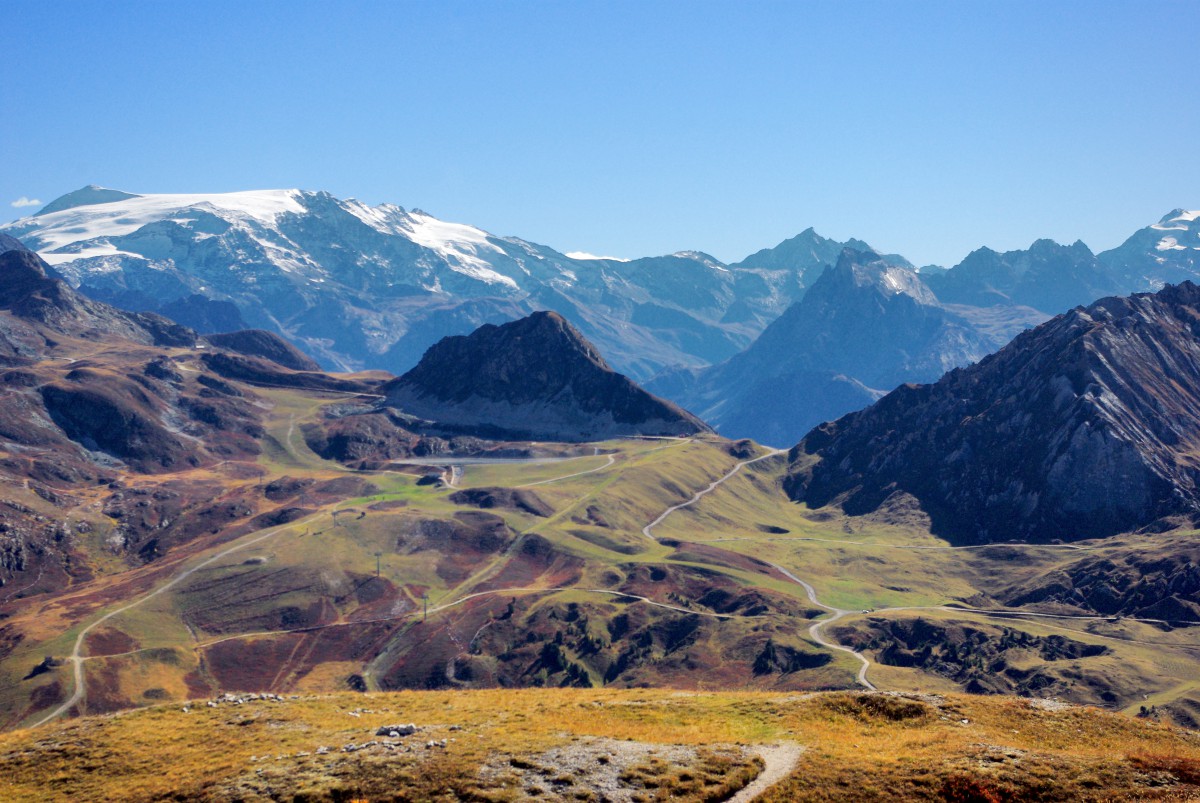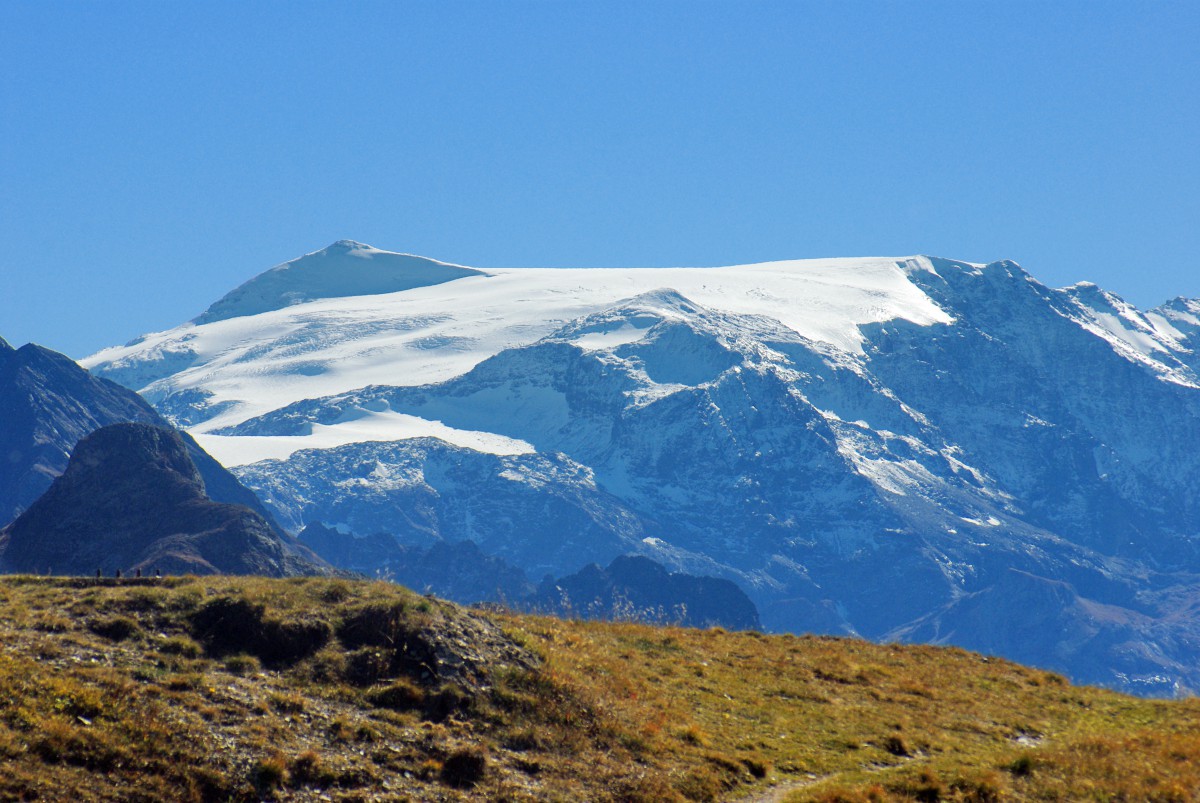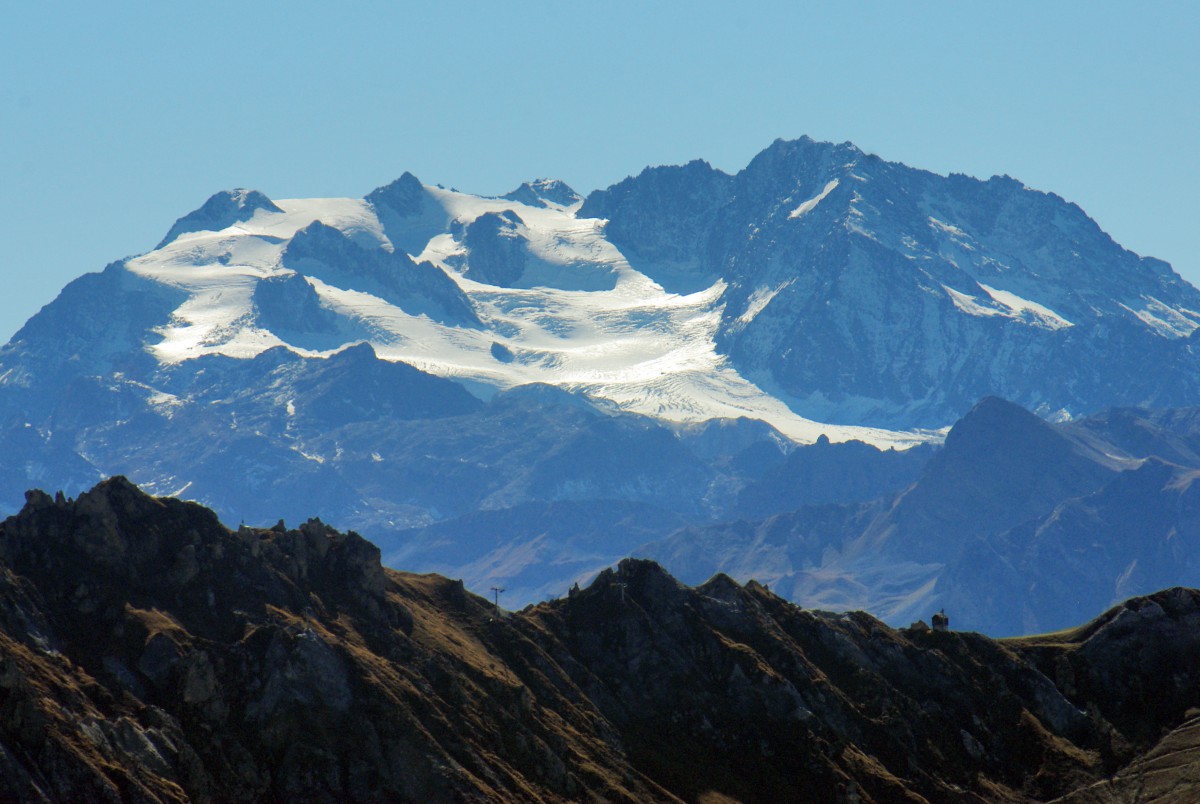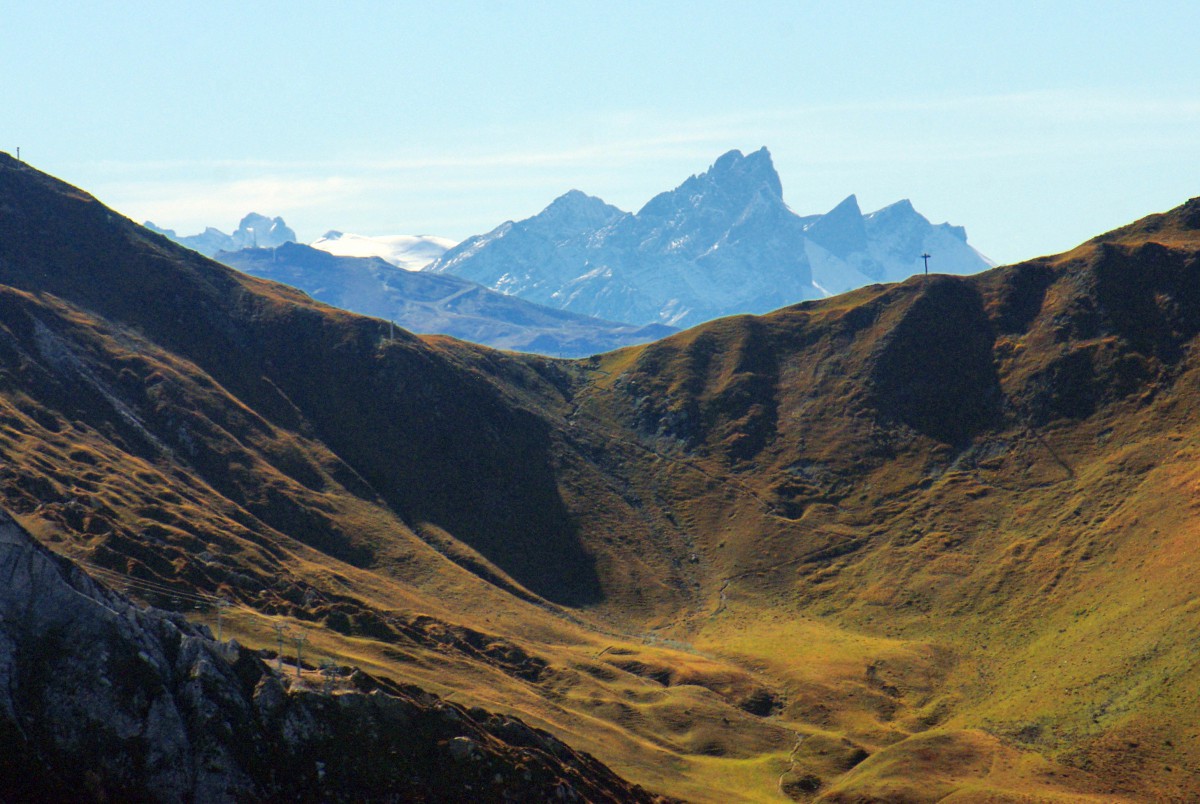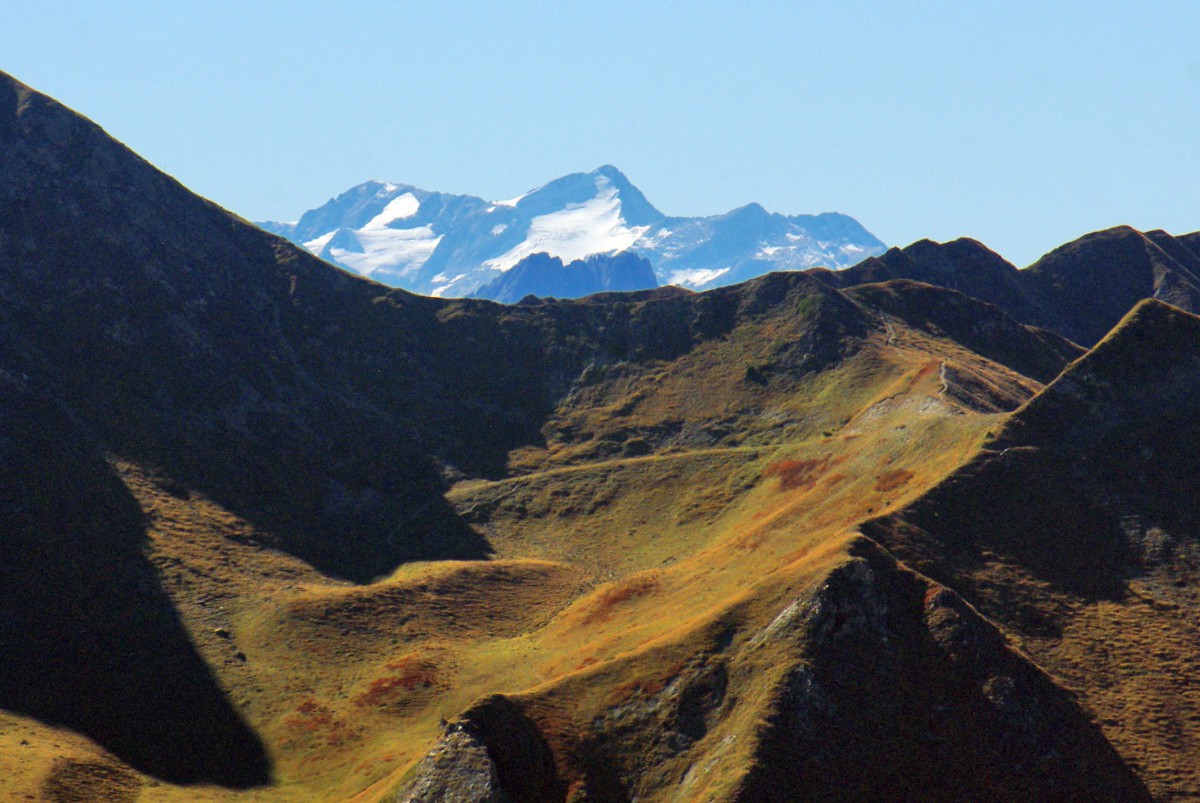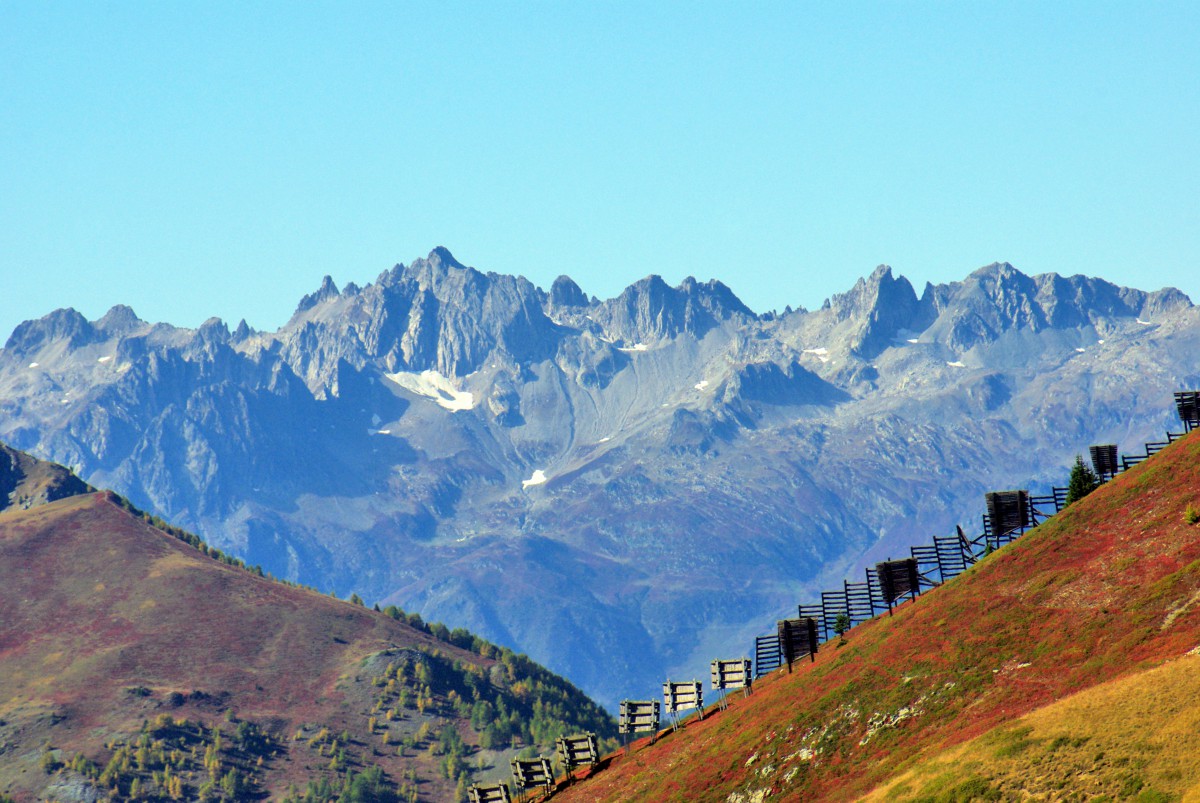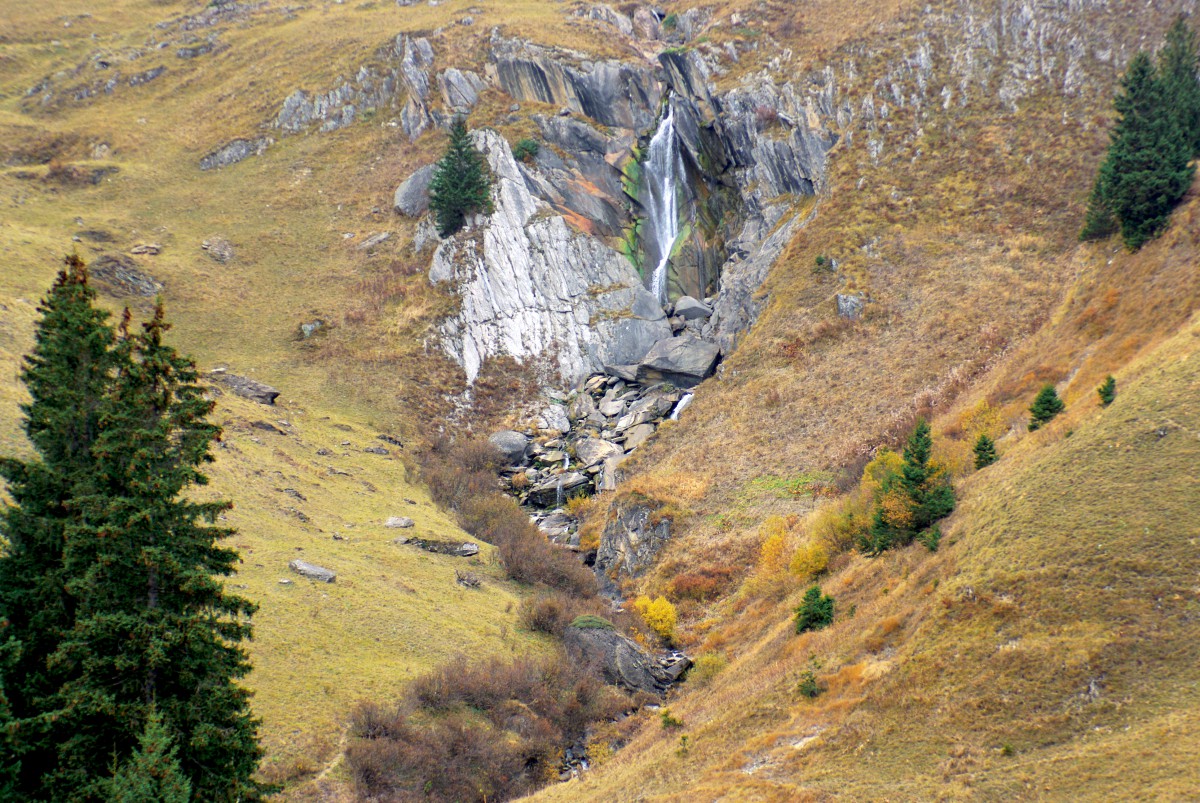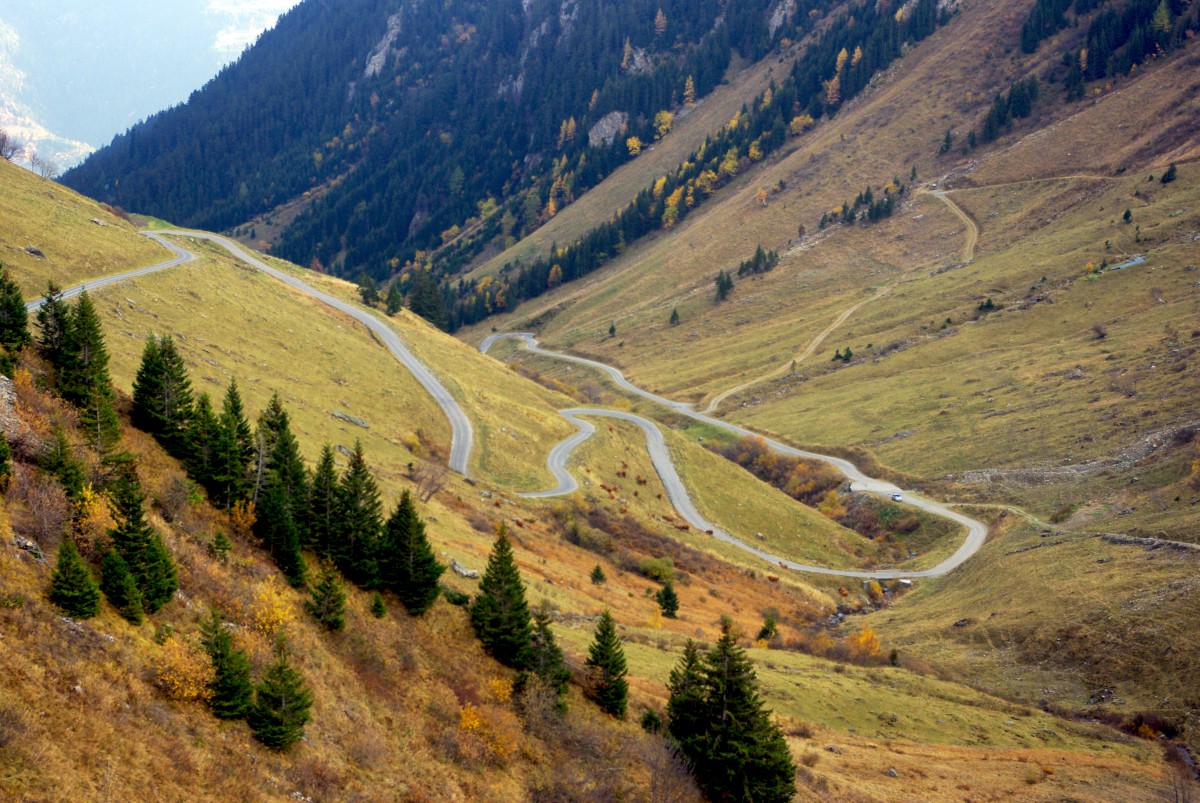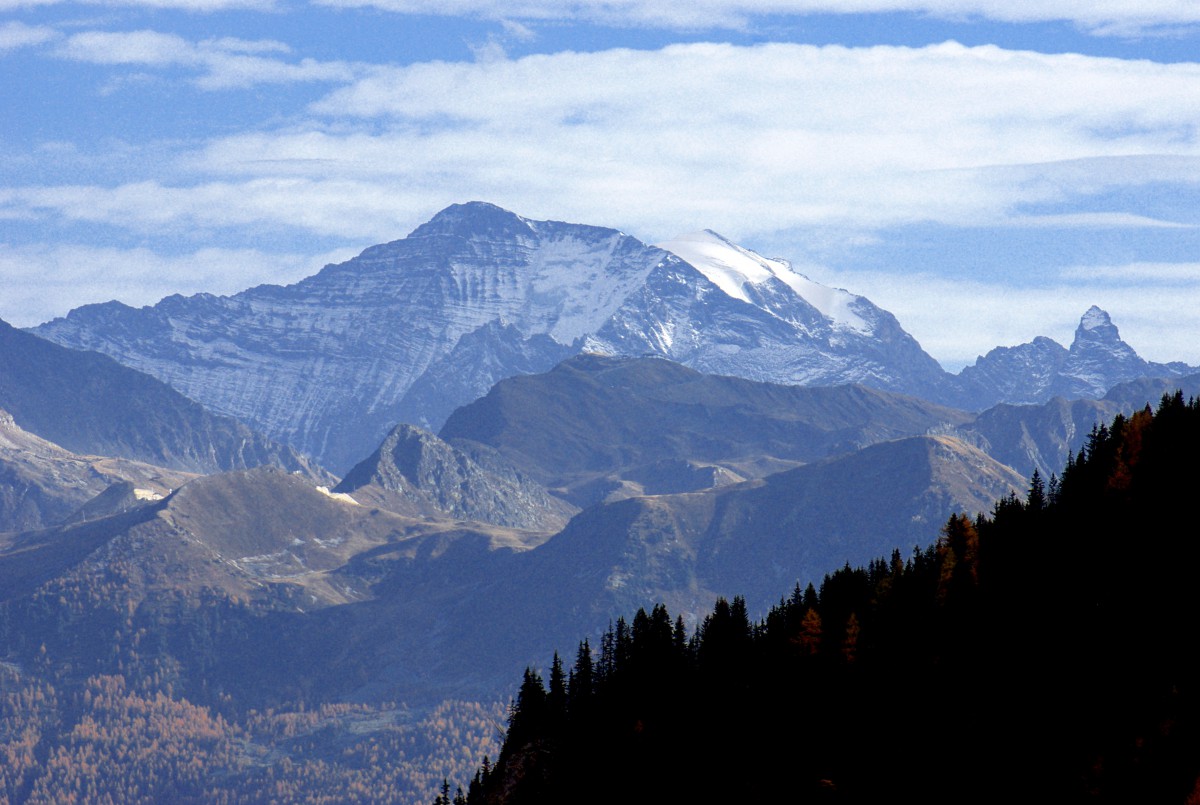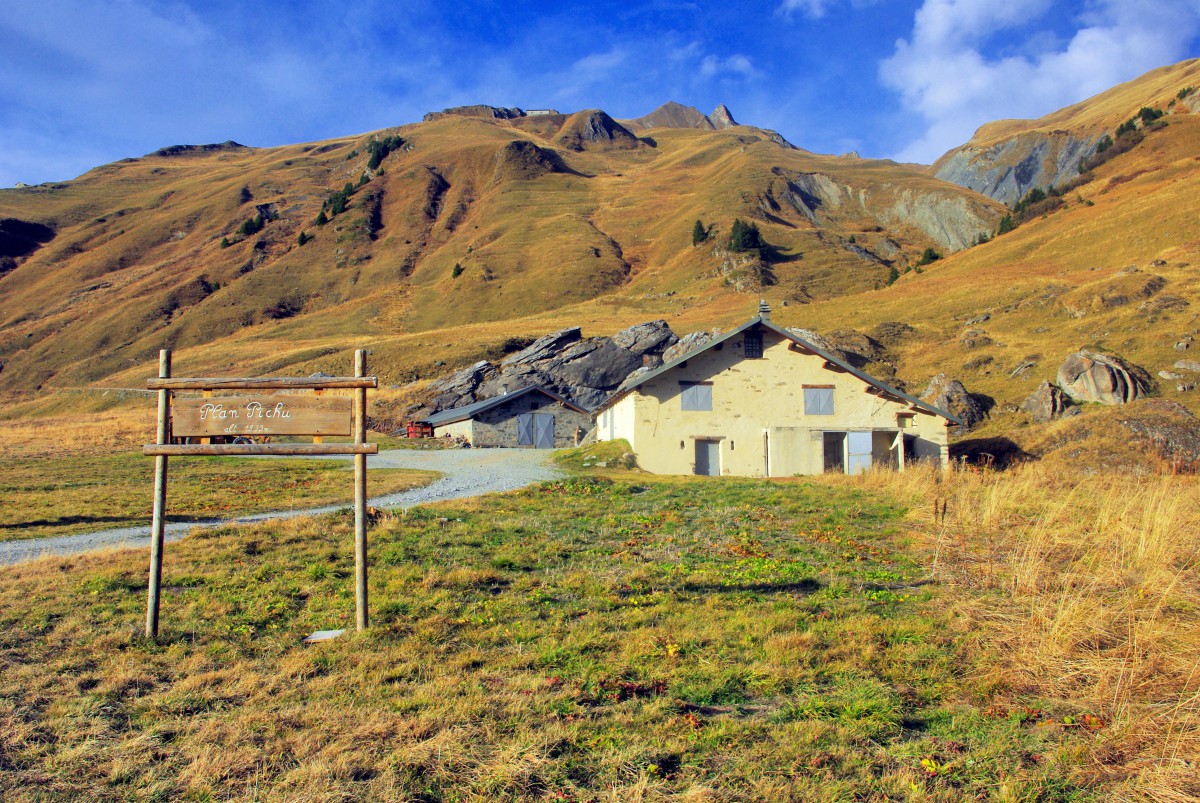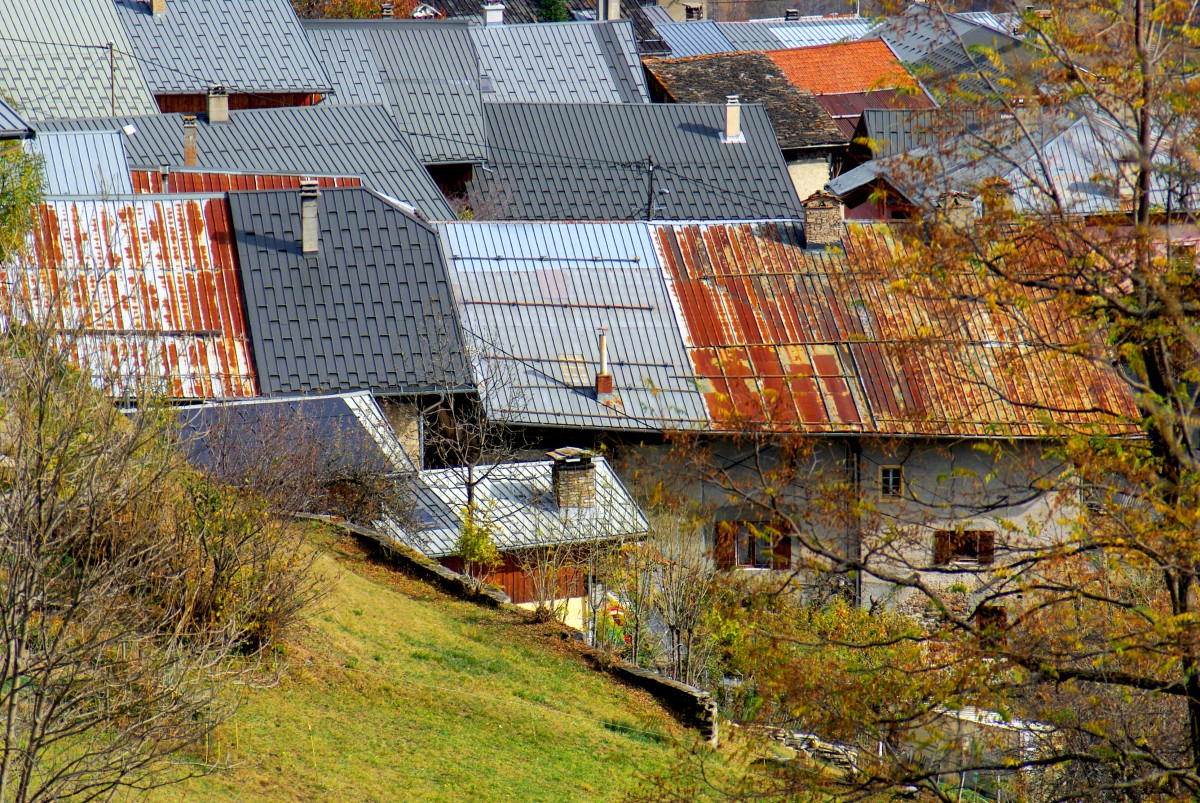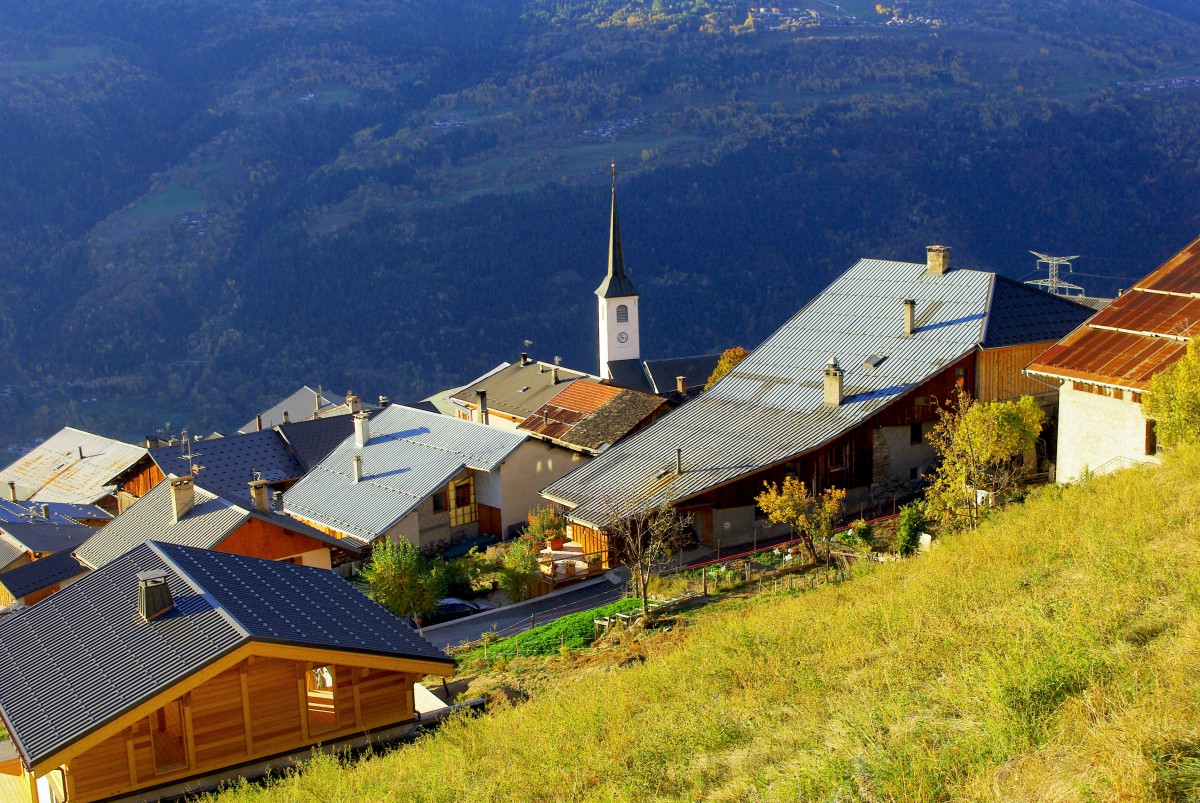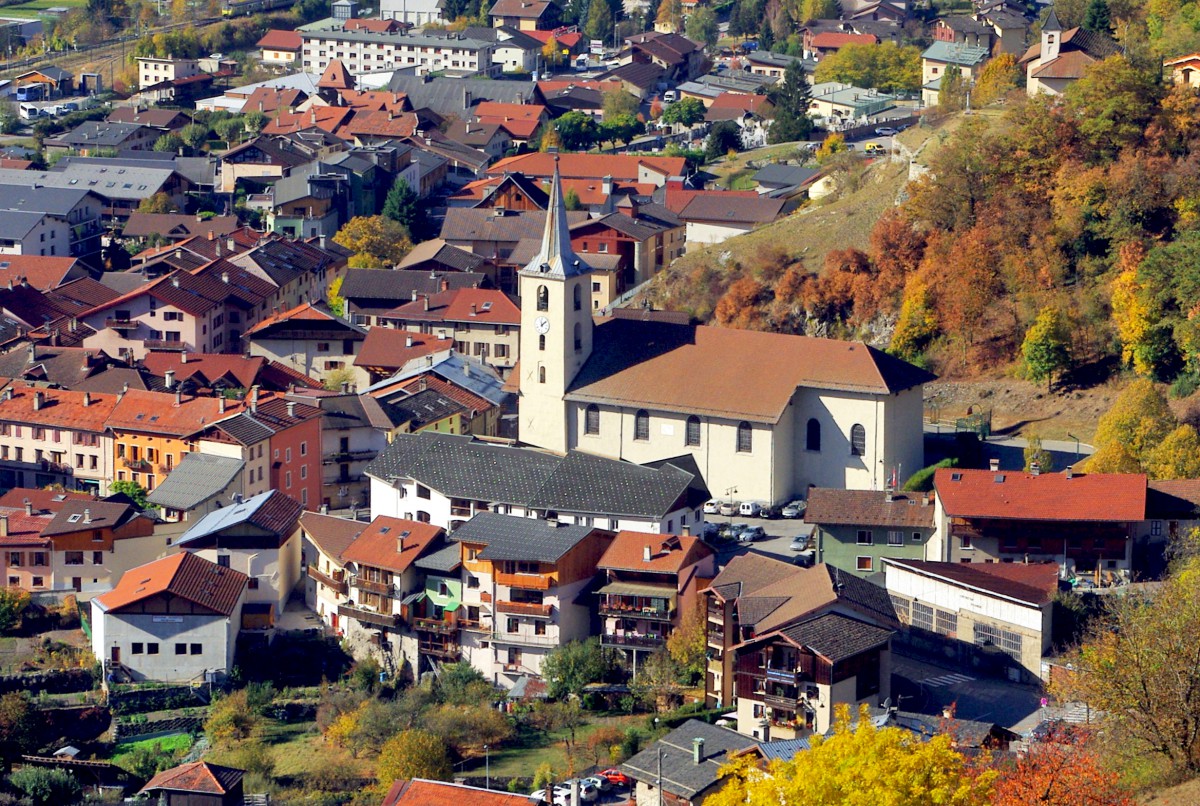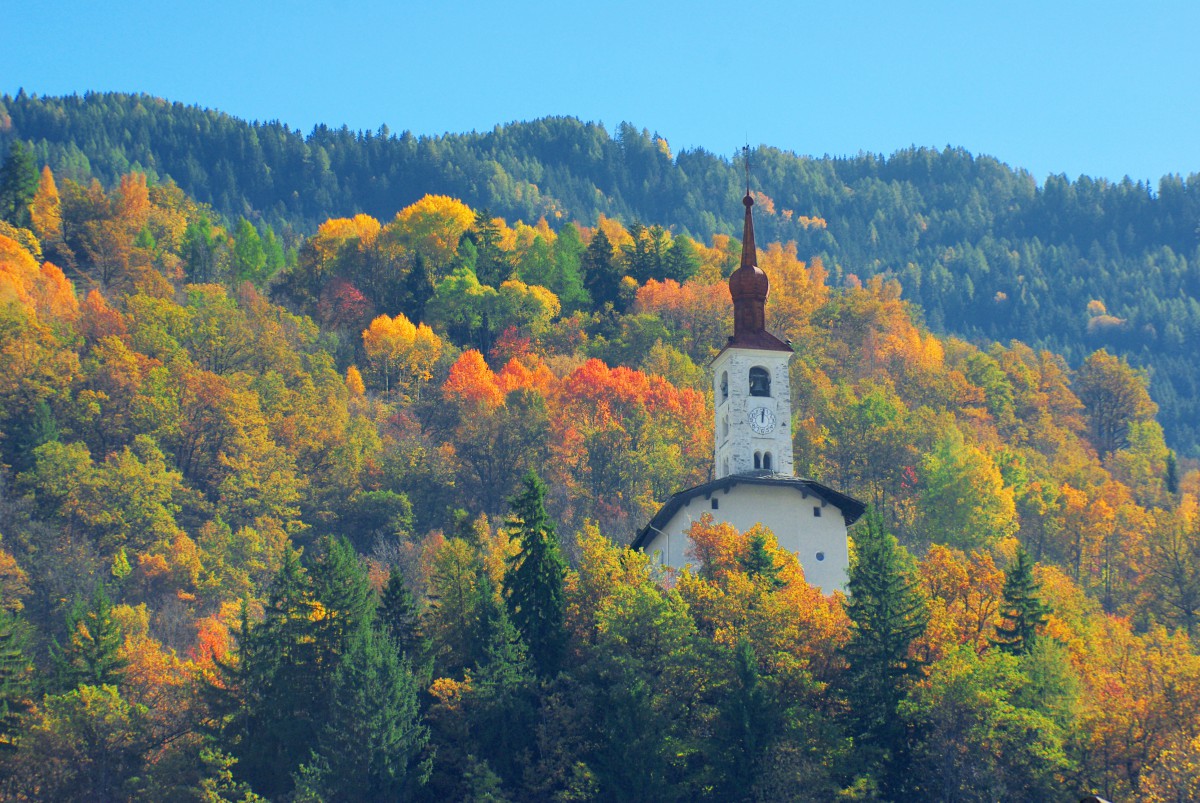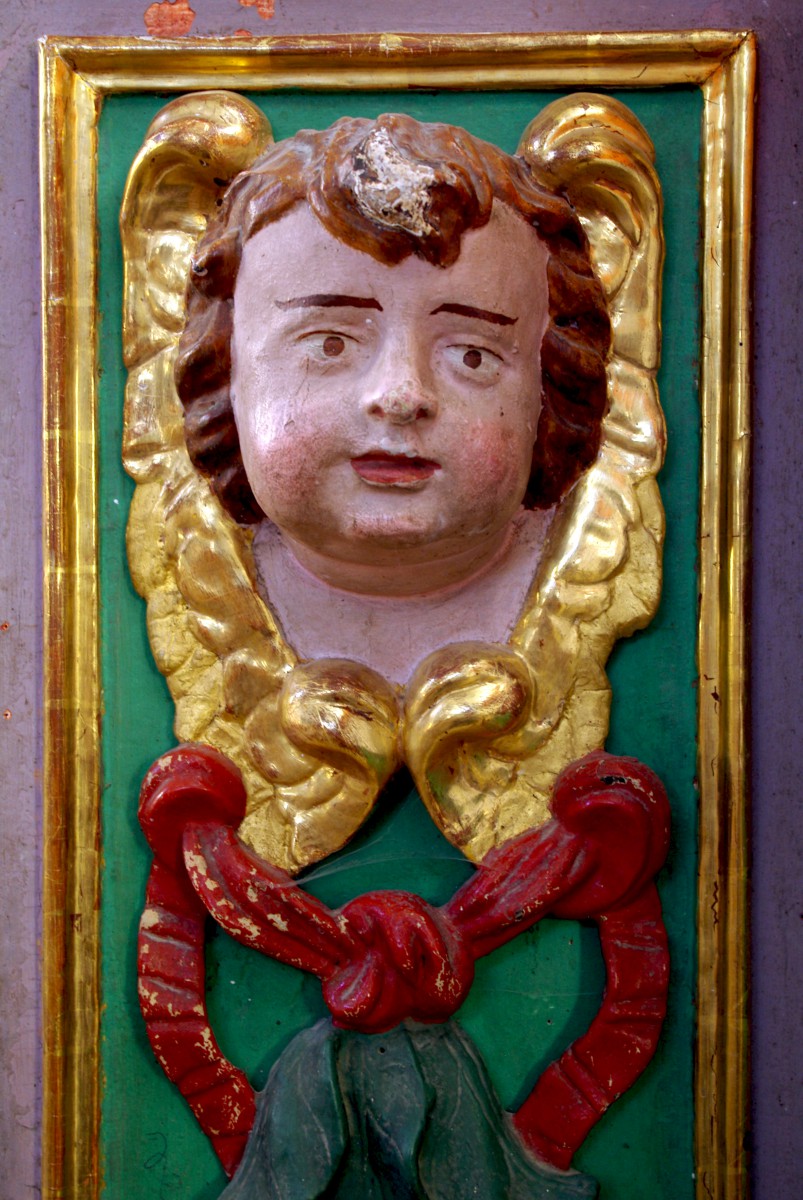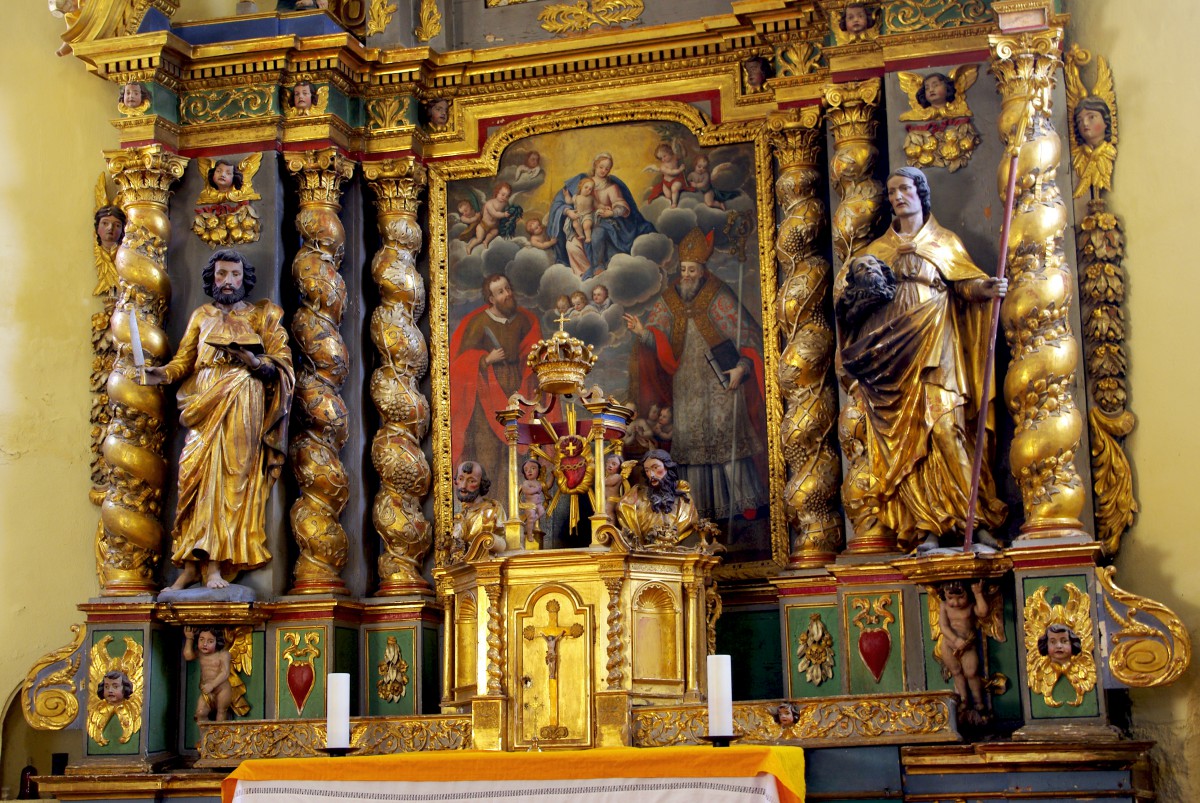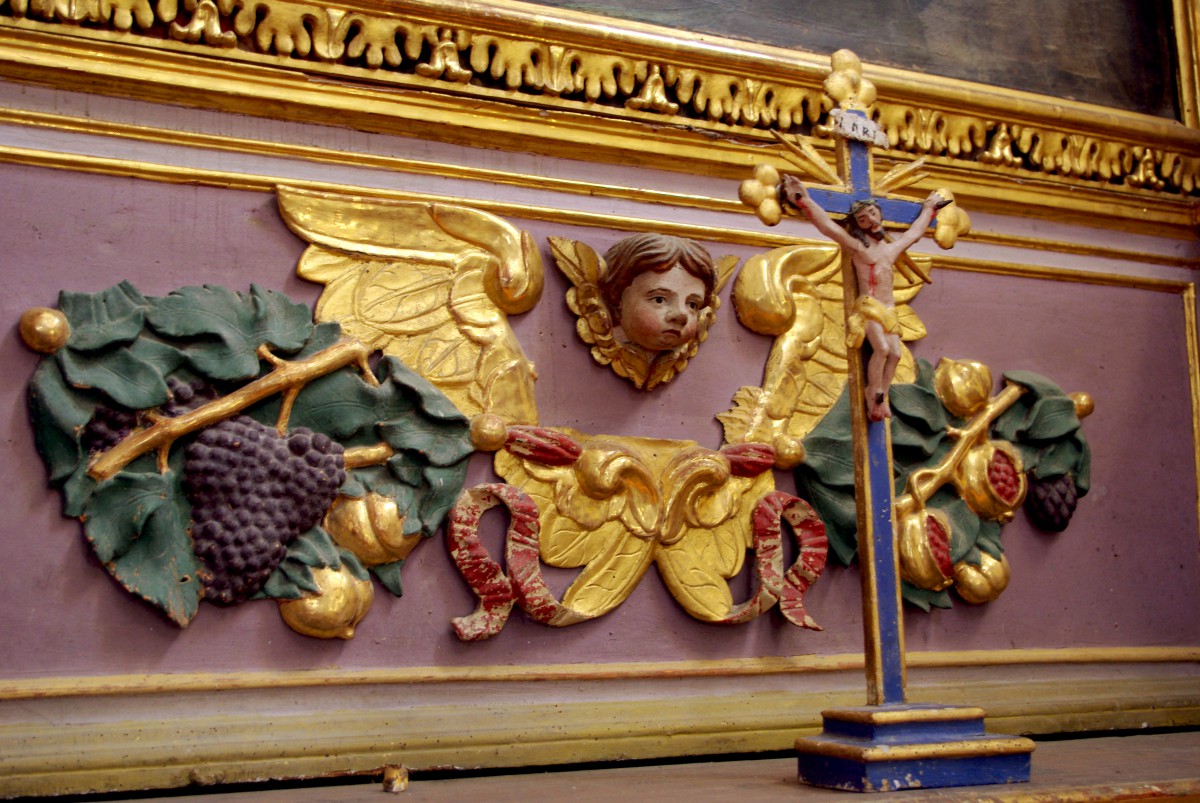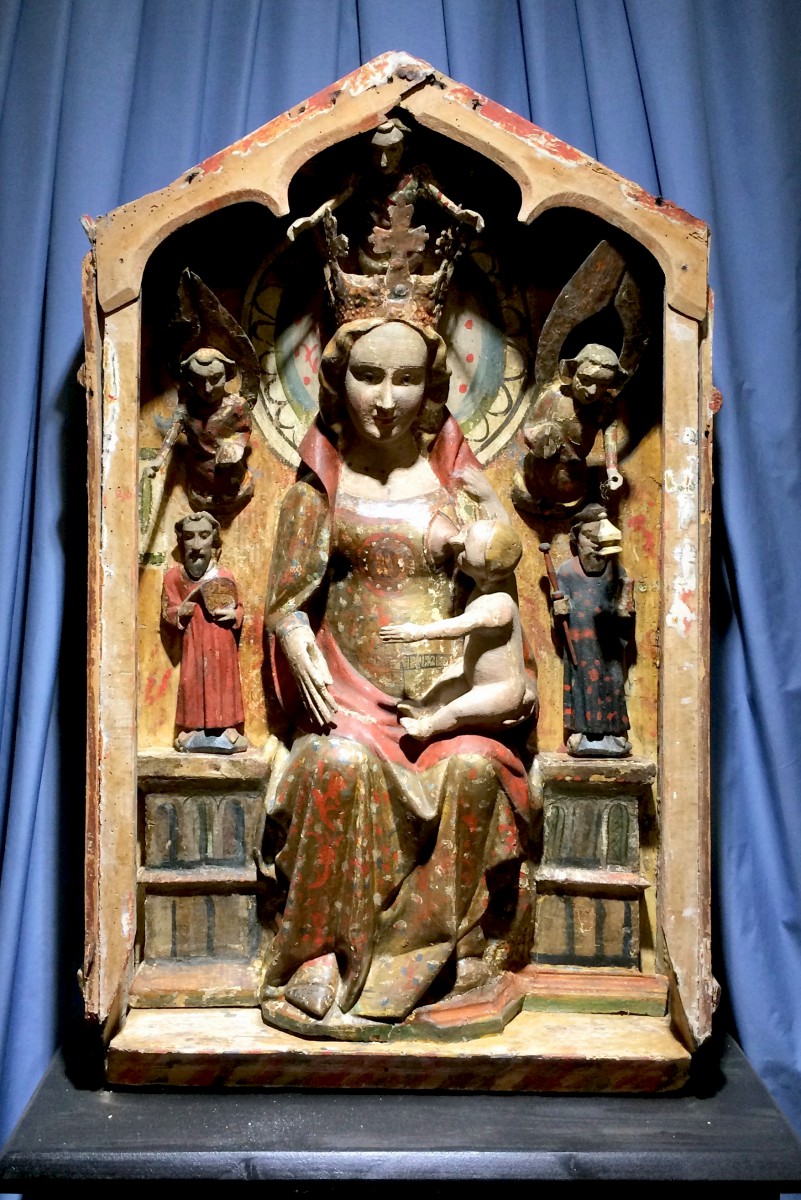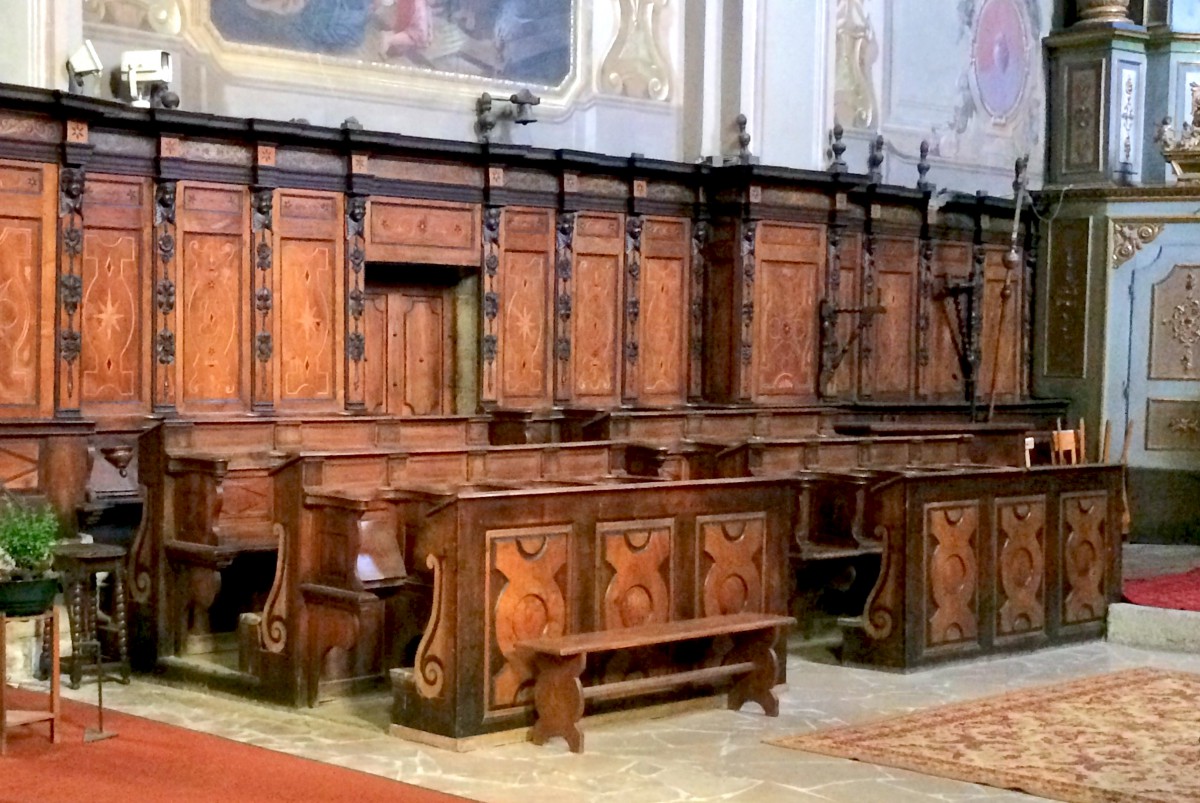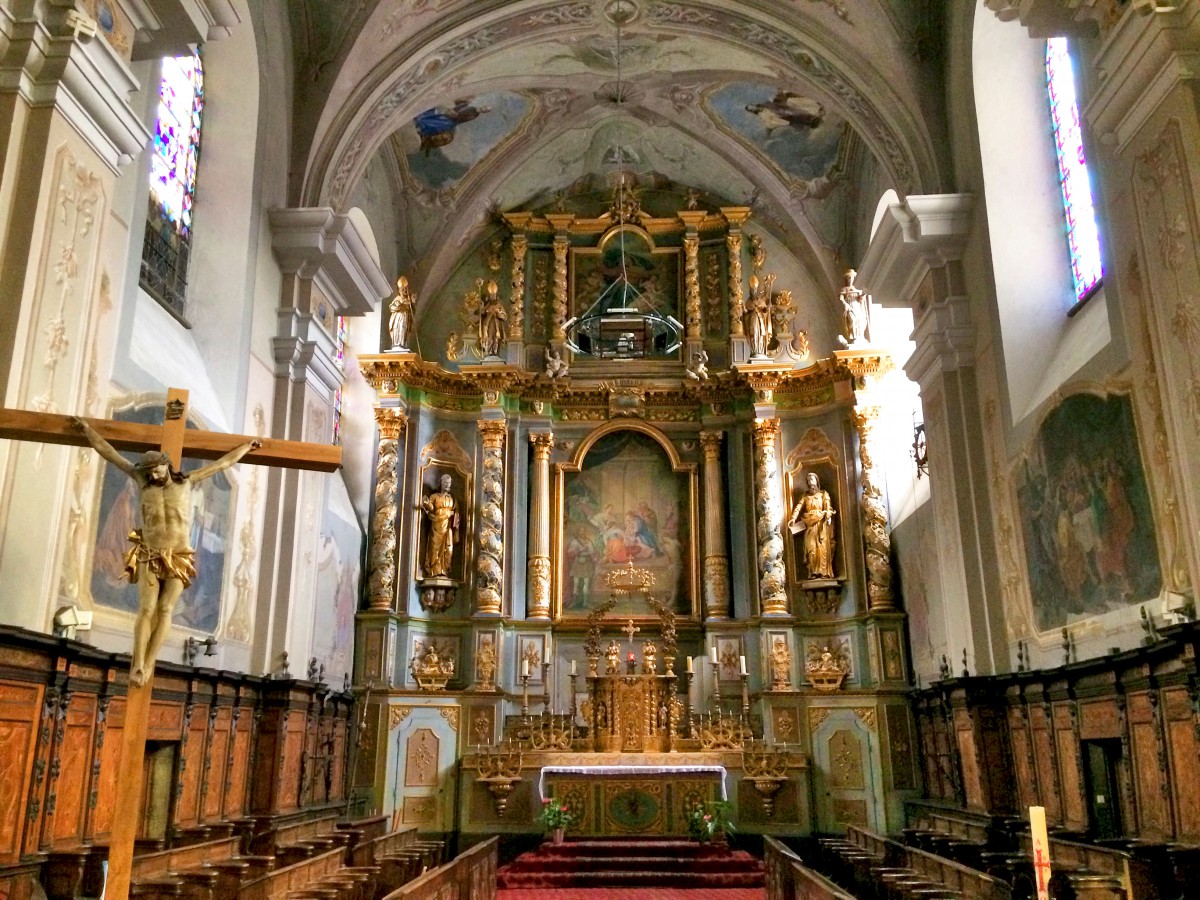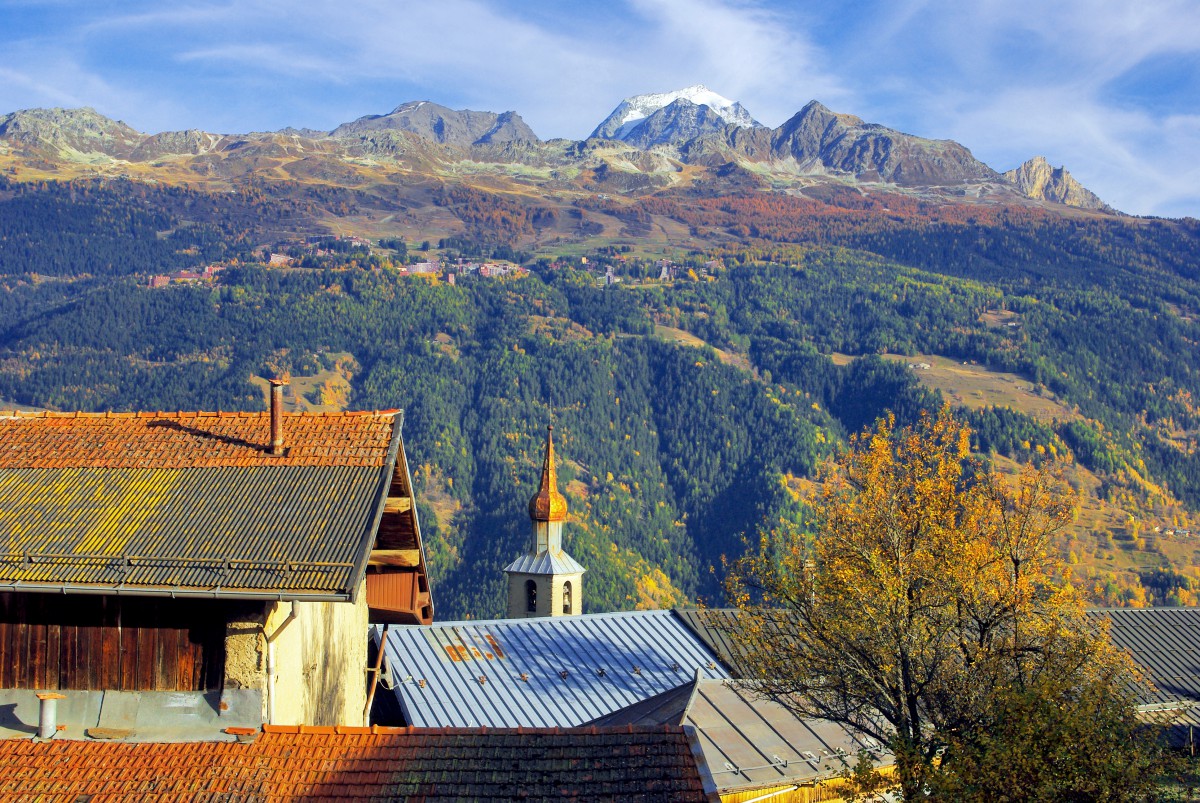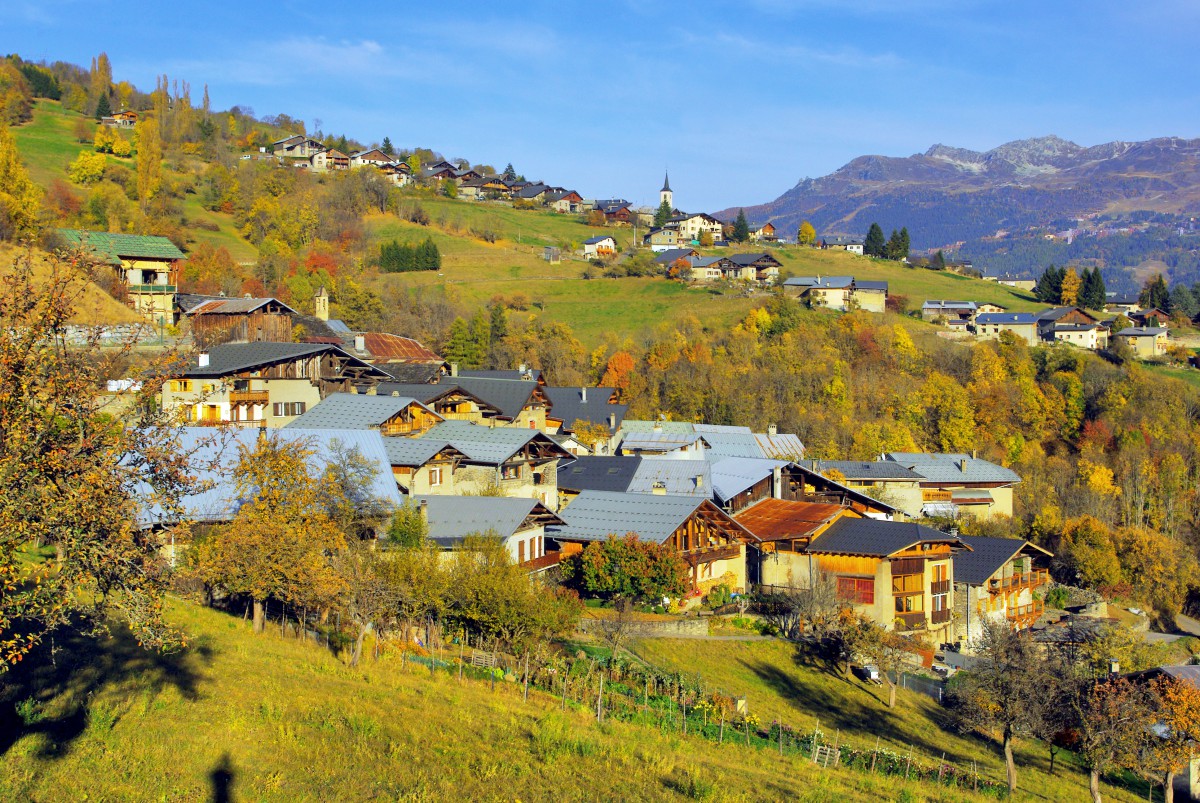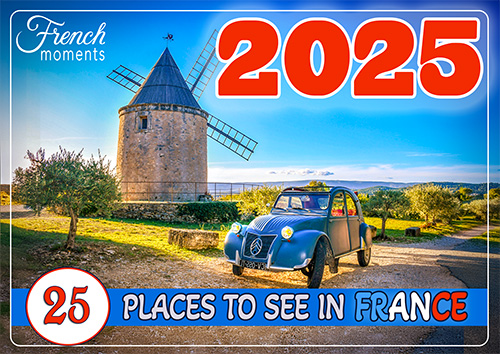This is the second time we are spending Autumn in the French Alps. With less tourists and traffic it is a really good time to explore and it also means you can take advantage of affordable accommodation, sunny days, perfect visibility to the nearest and farthest peaks. Our village called Granier is located in the Tarentaise Valley. In front of us stretches the vast ski domain of La Plagne. I already wrote about it on a post. This time I’d like to show you why La Plagne in Autumn is a great vacation idea.
Why I like La Plagne in Autumn
Autumn is my favourite season of the year to discover France.
This for many reasons:
- The French will have gone back to work and school which means
- Far less tourists around,
- Less traffic. More spaces to park your car at touristic places.
- Cheaper accommodation (as this is the low season)
- Mid-season with pleasant temperatures – not too cold, not too warm.
- Lots of sunny days in the Alps
- Perfect visibility (or at least much better than in Summer)
- Spectacular sunrises and sunsets!
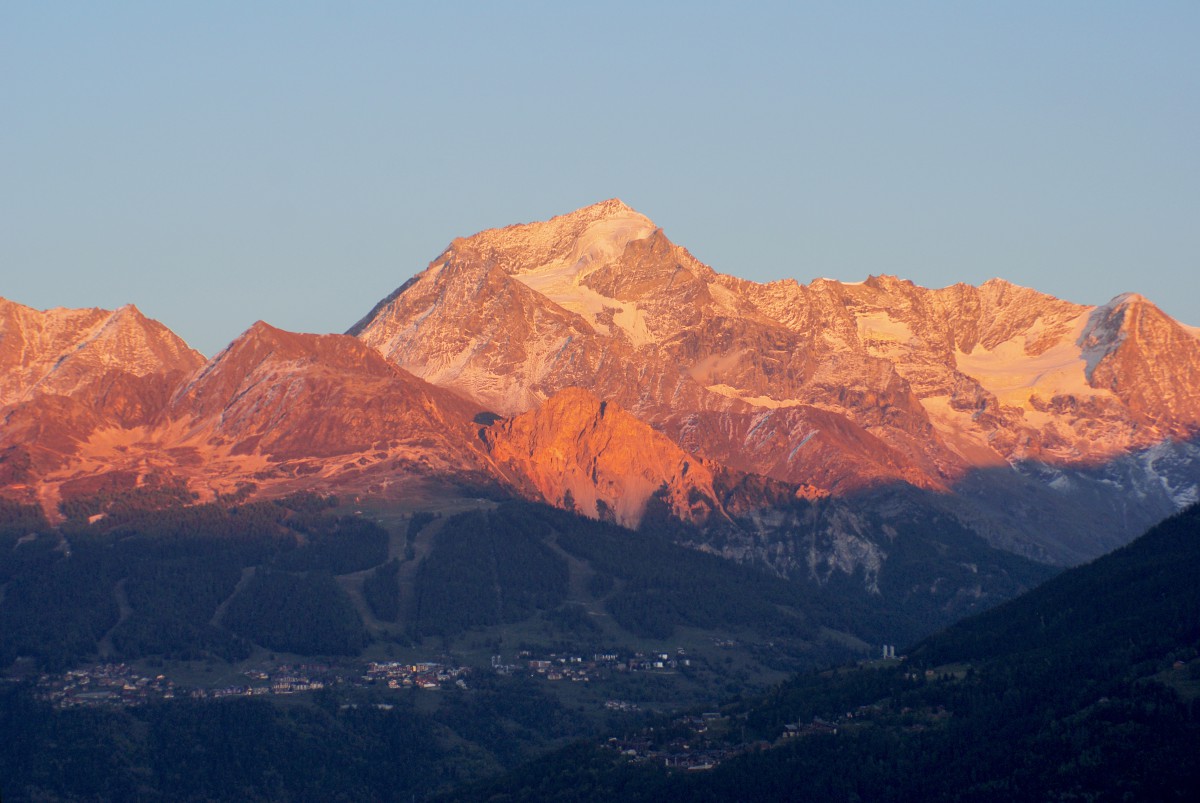
As I already mentioned, we live in the Tarentaise Valley in the French Alps.
As a village included in the commune of Aime-la-Plagne, Granier is part of the touristic territory of La Plagne.
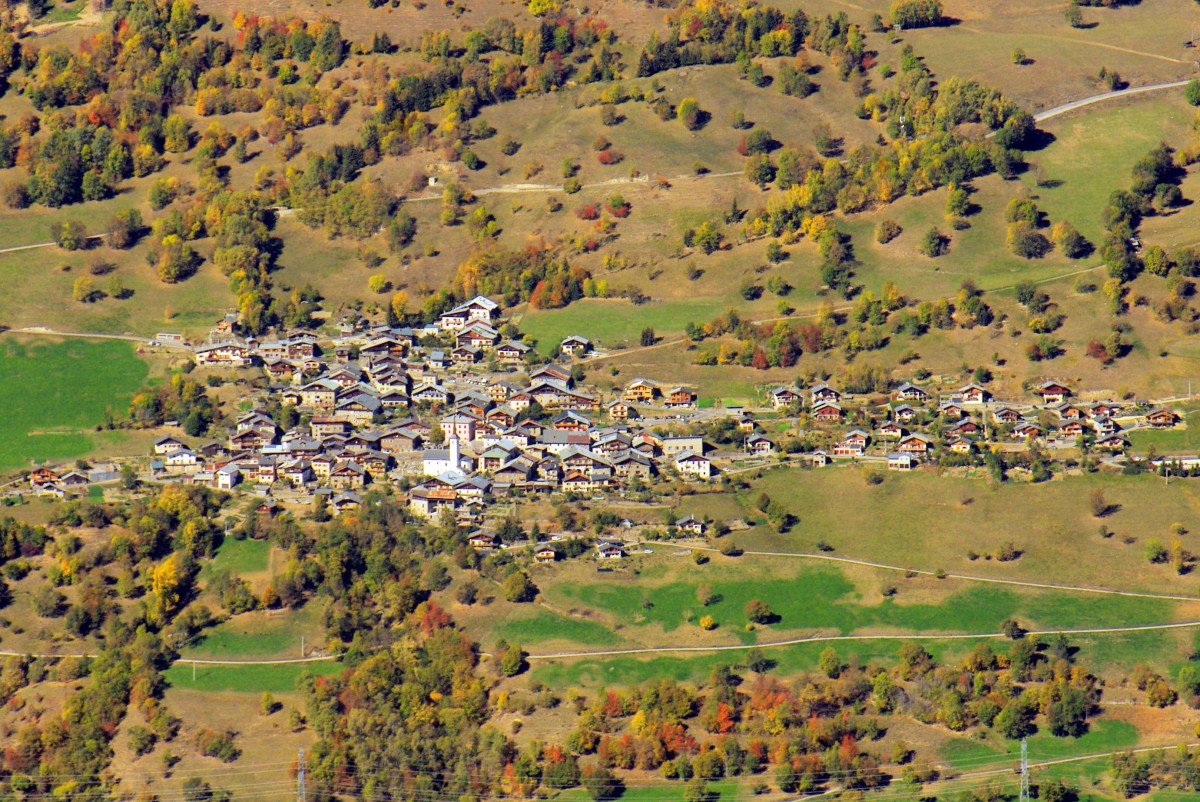
The ski resort of La Plagne
La Plagne is one of the world’s largest ski resorts. With the neighbouring resort of Les Arcs, it forms the vast Paradiski domain. The world-class ski-area offers uninterrupted skiing from Arc 2000 to Montalbert. It totals more than 425km of ski runs between 1,200 and 3,250m!
A few days ago I bumped into someone who works for the Tourist Office in Aime. It was a beautiful sunny day and we both agreed that visiting the region of La Plagne in Autumn was a great idea for a vacation.
We visited the domain of La Plagne from bottom to top last Summer (read my article here). We climbed to the highest point of the resort at 3,000m high.
Well, that was thanks to the télécabines and chairlifts!
In Autumn there are no ski-lifts operating, like in any other resort (except Chamonix). The modern villages of the resort look like ghost-towns.
That means if you want to get to the high places of La Plagne to admire the panoramic views of the Alps, you’ll need to walk all the way to the top!
The good news is that you can still enjoy lovely walks in the region without the need to go so high.
Let me give you a few ideas of what to see in La Plagne in Autumn… with my own photos!
[wpgmza id=”32″]
(Green = walks, Yellow = scenic road of the Versant du Soleil)
Climb medium-sized mountain tops
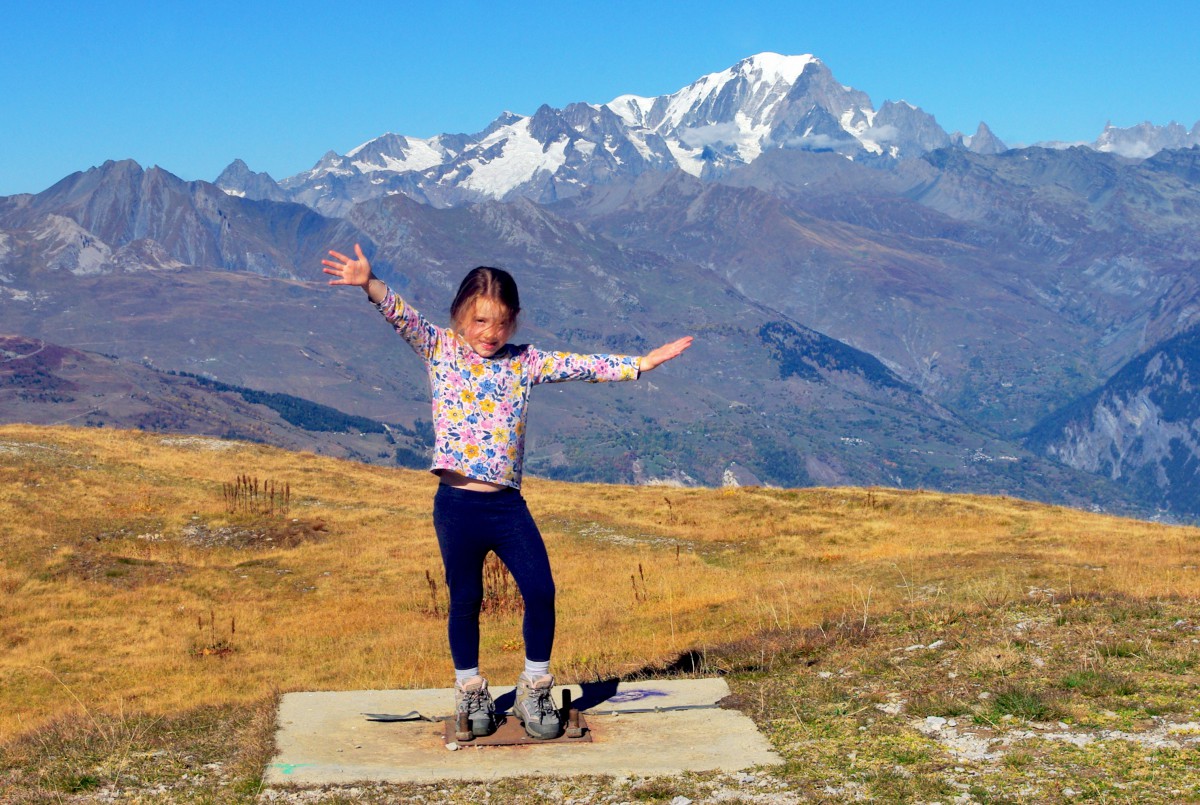
It relatively easy to park your car at an altitude of 2,000m and then continue the climb on foot. La Plagne and region has a great number of walks you can do on sunny Autumn days. From the top you’ll be spoilt with amazing views of the Alps.
Here are a few examples:
La Grande Rochette
Ascending elevation: 533m
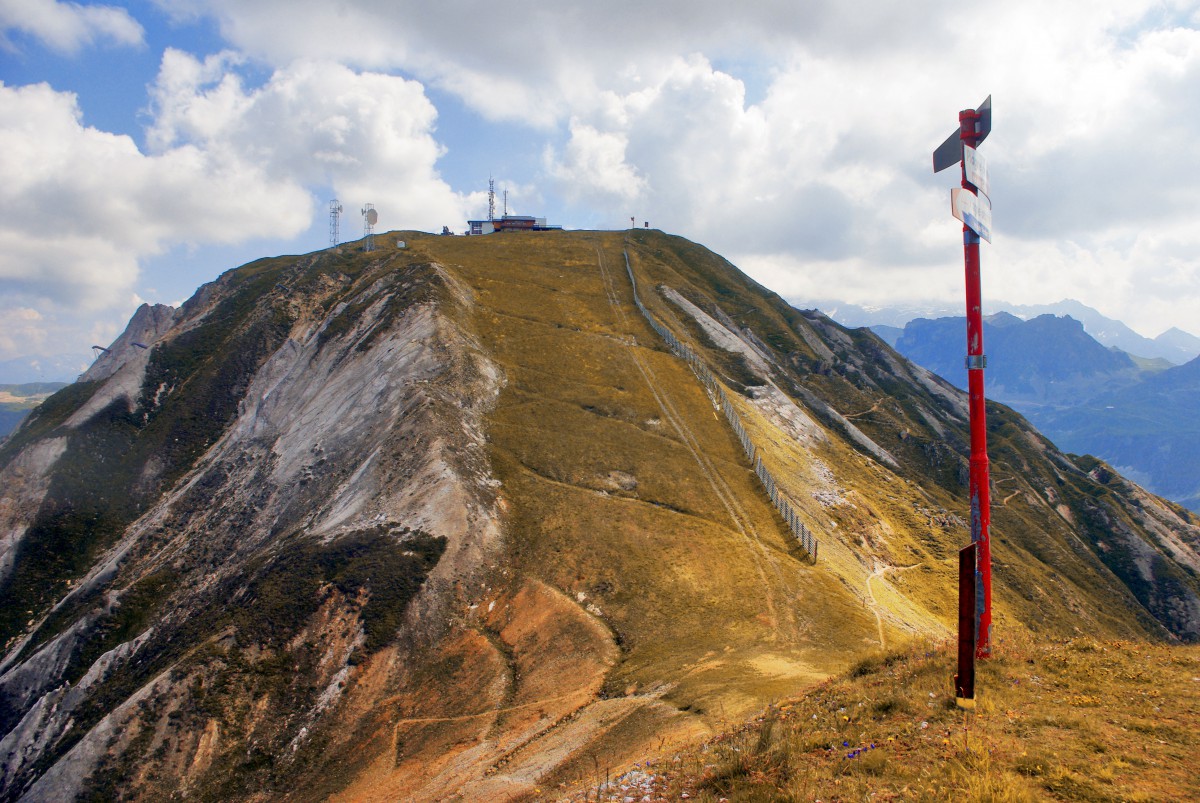
La Grande Rochette (altitude 2,508m) is accessible from La Plagne Centre (1,975m). The ascent can be quite demanding in effort (especially if you’re not used to walking) but feasible on a day excursion. From there you’ll get a fine view of the French, Swiss and Italian Alps and the Mont Blanc. An orientation table will help you recognise the main mountains. And yes, it can be a bit frustrating when you see the closed télécabine on reaching the top from where you parked your car!
Mont Saint-Jacques
Ascending elevation: 332m
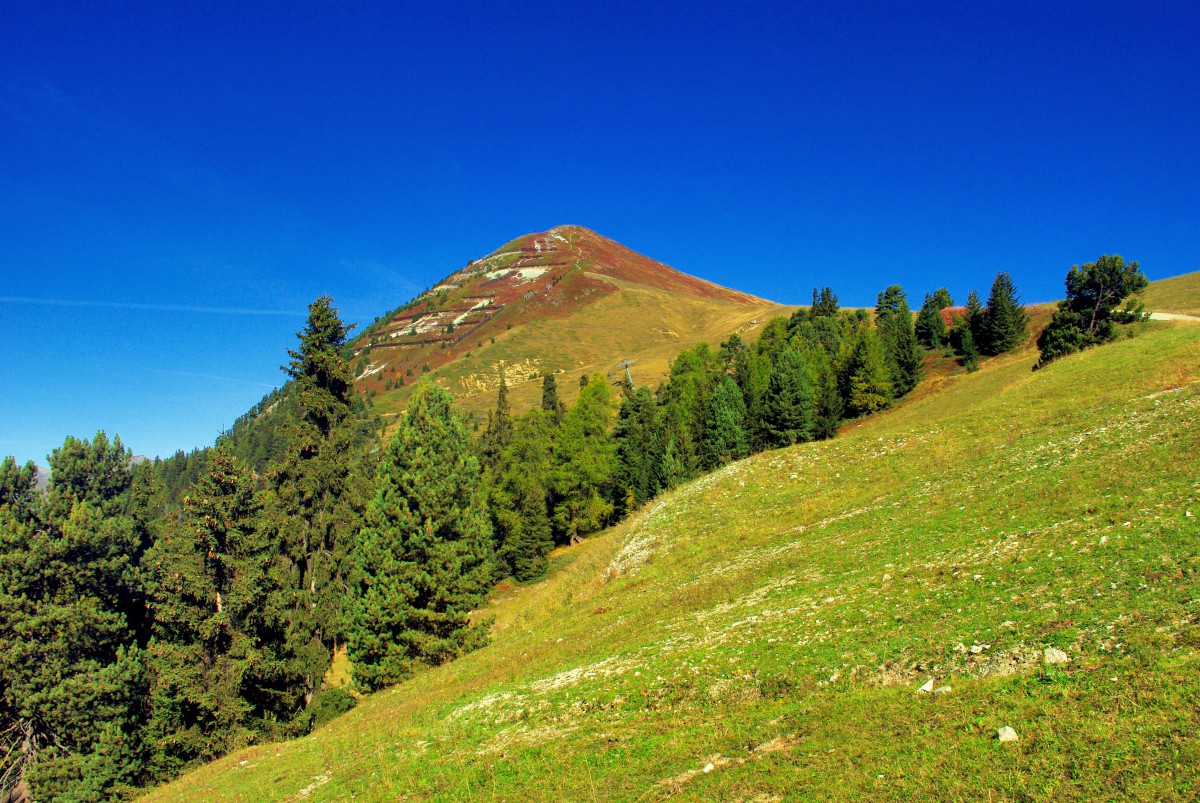
For a long time I had wanted to climb this mountain. It overlooks the Middle Tarentaise valley and is seen from the little town of Aime.
In Autumn the slopes of the Mont Saint-Jacques are covered with yellowish grass and red patches of blueberry plants.
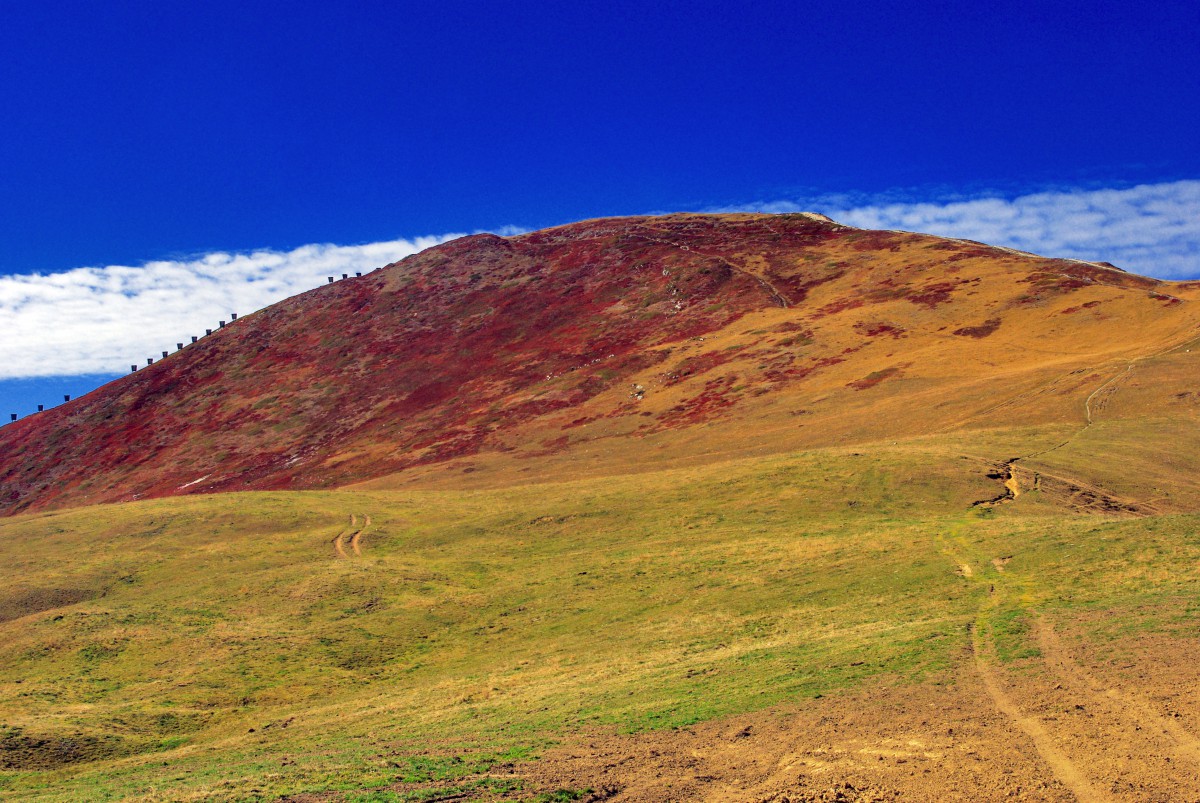
Drive up to Belle-Plagne (alt. 2,075m) where you leave your car. To reach the mountain top, you’ll climb the equivalent height of the Eiffel Tower across the high pastures. That means no trees to give you shade.

The walk includes a last steep ascent to the top where a chapel stands, dedicated to St. James and a cross.
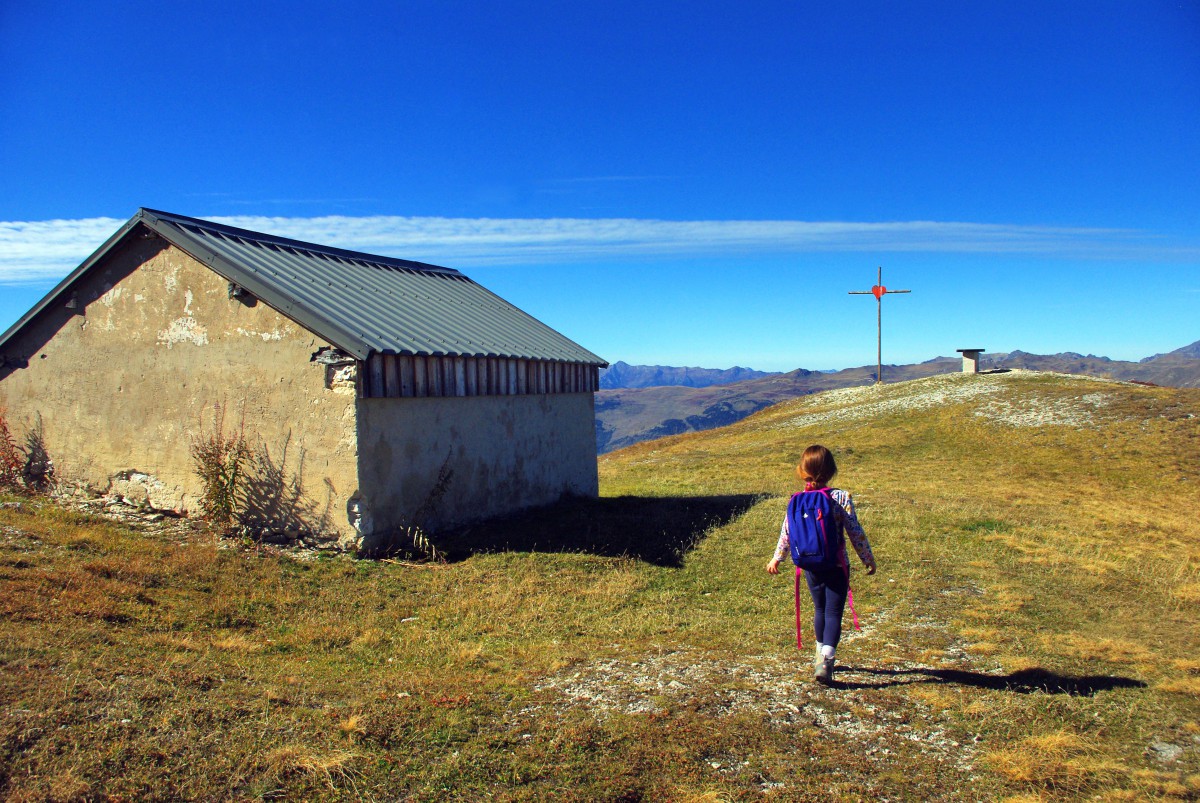
An orientation table will give you the names of the surrounding mountains.
The view from the Mont Saint-Jacques

The view from the top is a-ma-zing. I knew before climbing the mountain that it would be exceptional as Mont Saint-Jacques stands out above the valley as a beacon.
The view encompasses the Middle Tarentaise Valley, the Beaufortain mountains, Mont Charvin in the Aravis, the Mont Blanc on one side.
And on the other, the Grand Combin (Switzerland), the Graian Alps in Italy and the snow-capped peaks of the Vanoise massif (Grande Sassière, Mont Pourri, Bellecôte, Grande-Casse, Grand-Bec, Péclet-Polset). In the distance, you can see the Aiguilles d’Arves, the Grandes Rousses and the Meije (Ecrins).
This excursion took us 2.5 hours… but of course we stopped off a number of times to admire the views and take photos!
From Plan Pichu to Cormet d’Arêches
Ascending elevation: 158m

The high pastures of Plan Pichu (1,950m) are situated above the village of Granier opposite the mountain side of La Plagne. You can park the car at the Plan Pichu farm after driving up a narrow road.
The walk to the mountain pass of Cormet d’Arêches (alt. 2,108m) is an easy one and will lead you across the pastures where cows are grazing until mid-October. Their milk will be used to the make Beaufort cheese.
In Autumn, the high-pastures will take on a reddish colour, as opposed to Spring where a multitude of flowers cover the ground.
Visit quaint villages of the Tarentaise
Discovering the historical and cultural heritage of the region is another activity that is great to do in Autumn.
From Moûtiers to Bourg-Saint-Maurice, the Middle Tarentaise Valley is spotted with charming and pittoresque towns and villages.
The local Tourist Board calls it “La Plagne-Vallée” and it is centred around the little town of Aime.
Villages and hamlets are quite small in the Tarentaise and you won’t spend too much time exploring them. What I usually do is park my car and have a stroll in the narrow streets before walking in the surrounding orchards and fields (map in hand!) Make sure you look at the small details that makes these mountain villages so particular: public fountains, door knockers, chalets structures, fences, wood storage… Many villages will still show until mid-October a beautiful display of flowers in gardens or in public squares.
The only downside of exploring the villages out of season is that many Baroque churches will be closed to visit. However you can still visit a handful of them: Saint-Sigismond in Aime and Saint-Barthélémy in Granier.
Drive along the scenic route of the Versant du Soleil
This is something we did the first time we visited the region of La Plagne in Autumn. The scenic route that links Aime to Bourg-Saint-Maurice (27kms) offers some great vistas of the Vanoise peaks.

From Aime, the D218 road climbs to Granier via the villages of Villaroland, Tessens and La Thuile.
Then the D86 road follows the flank of the mountain above 1,000m high to Vulmix via La Côte d’Aime, Valezan and Les Chapelles.
The scenic road finds it way across meadows, orchards, and vineyards.
La Plagne in Autumn: practical info
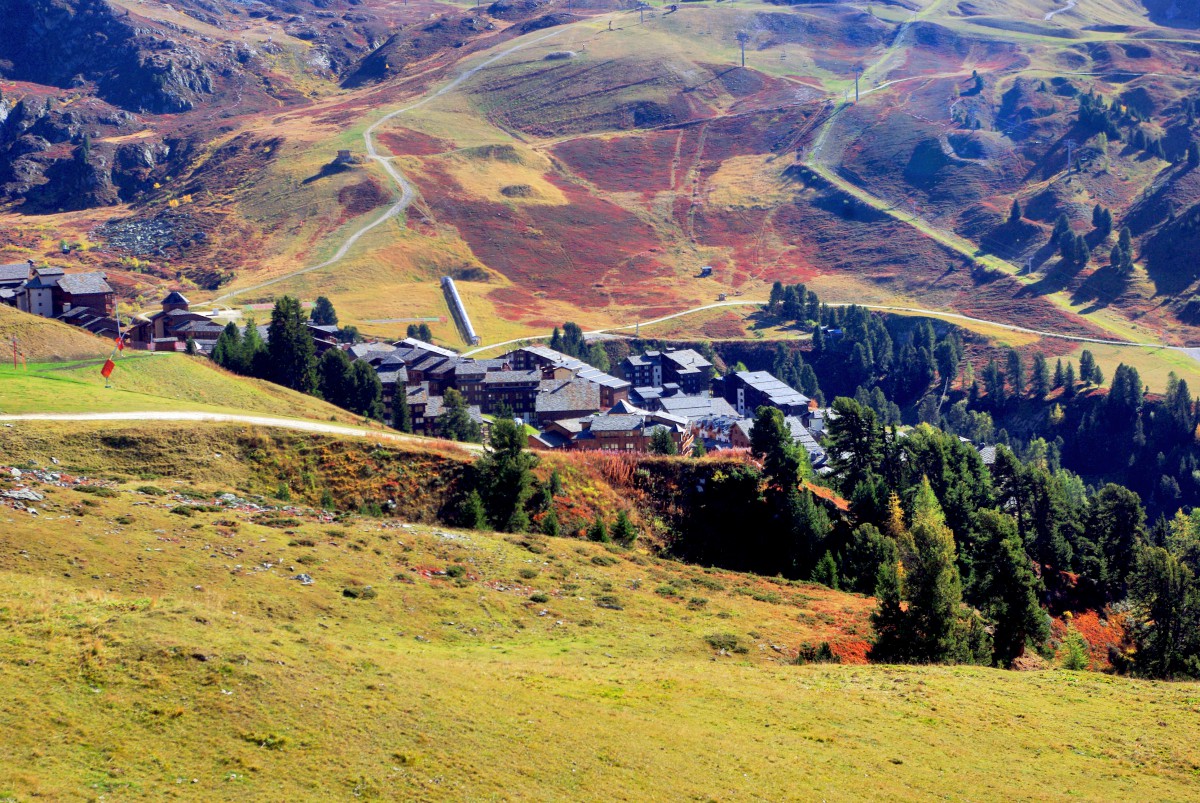
As Autumn is out-of-season most of the resort villages of La Plagne will look like ghost-towns. Don’t expect to find a wide range of restaurants and cafés open.
If you’re looking for calm and quiet, then this will please you.
Otherwise you might stay in Aime or in neighbouring villages: Macot, La Côte d’Aime, Granier…
Although the weather is usually sunny in September and October, my advice before going for a walk in the mountains is to check the weather Live with these webcams. Snow falls do happen in Autumn but they are usually punctual and rarely reach the bottom of the valley.
For walking in the domain of La Plagne, I recommend the IGN Map 3532 OT “Massif du Beaufortain”:
Other links on French Moments to find out more about the region of Savoie:
- La Plagne in Summer
- The Tarentaise Valley
- The département of Savoie
- The Mont-Blanc
- The town of Aime-la-Plagne
- The village of Granier
I would like thank the Tourist Office of La Grande Plagne for their welcome and for all the advice and help they’ve given to help me prepare this visit.
Did you like what you read about La Plagne too? If so, share it on Facebook or Twitter!
Inspired? PIN IT for later!
